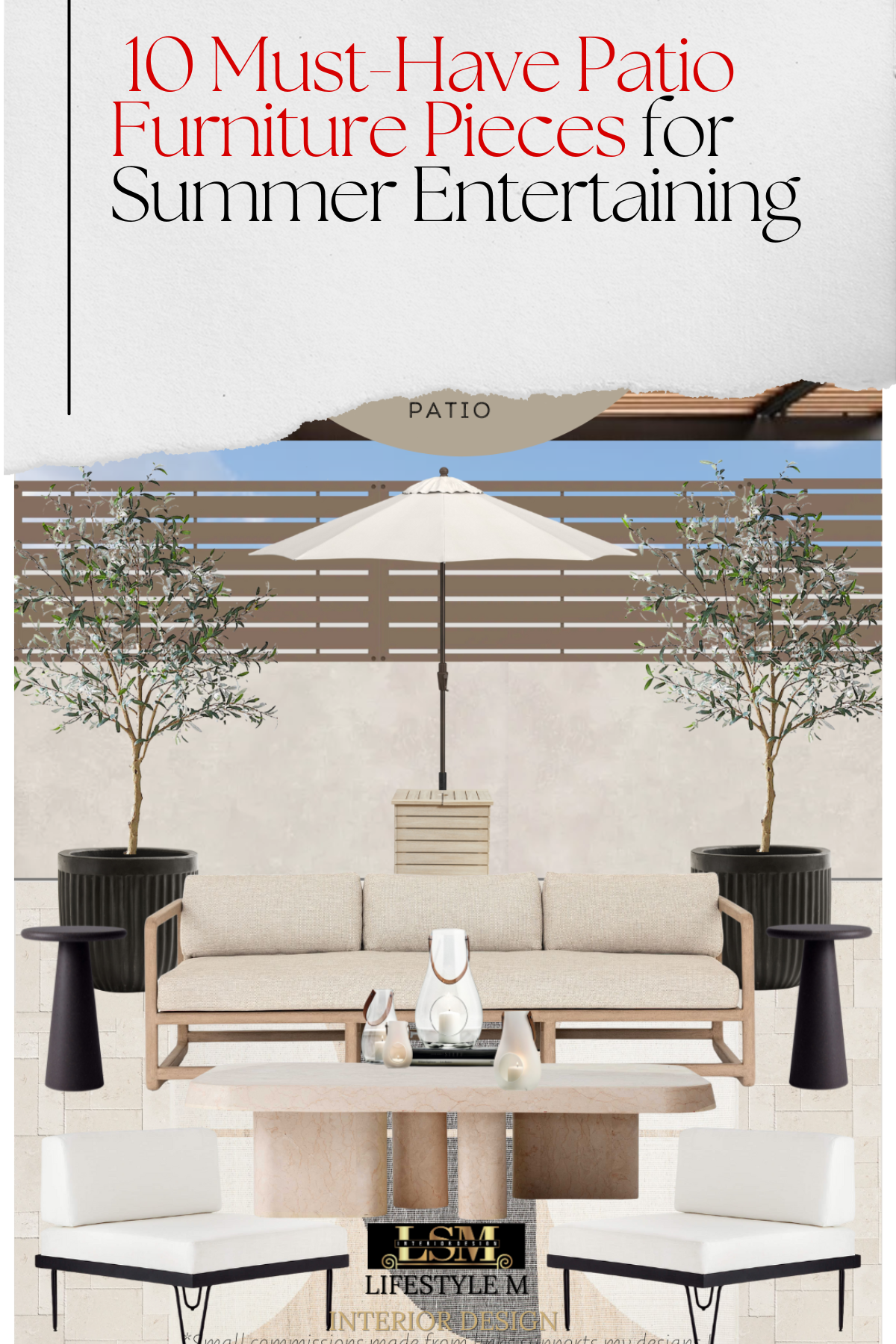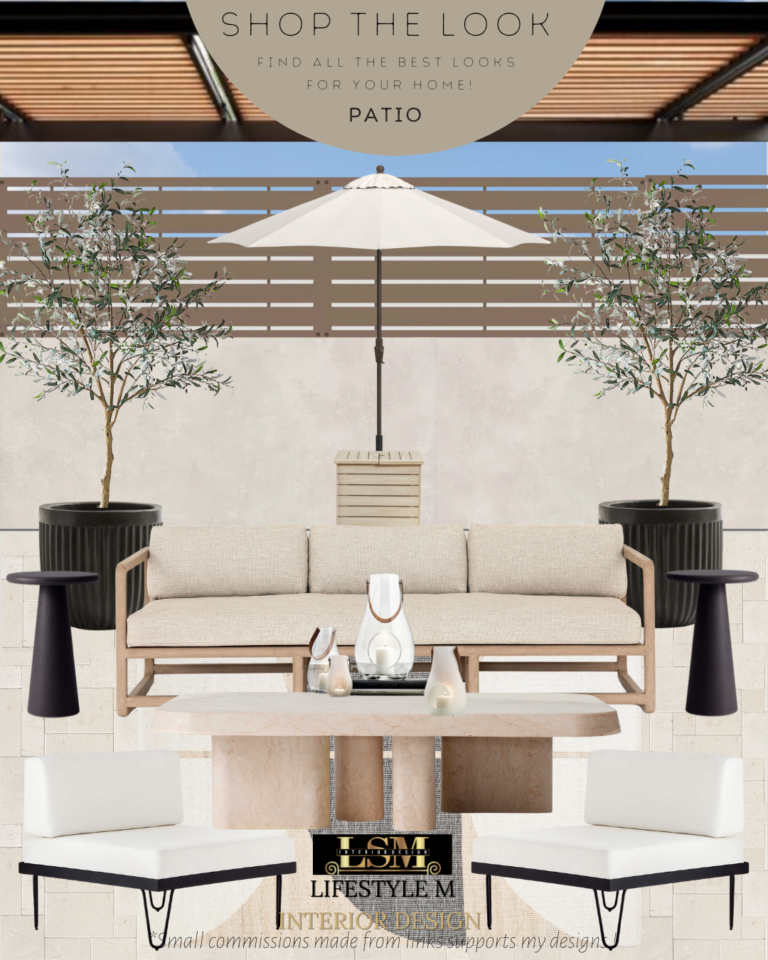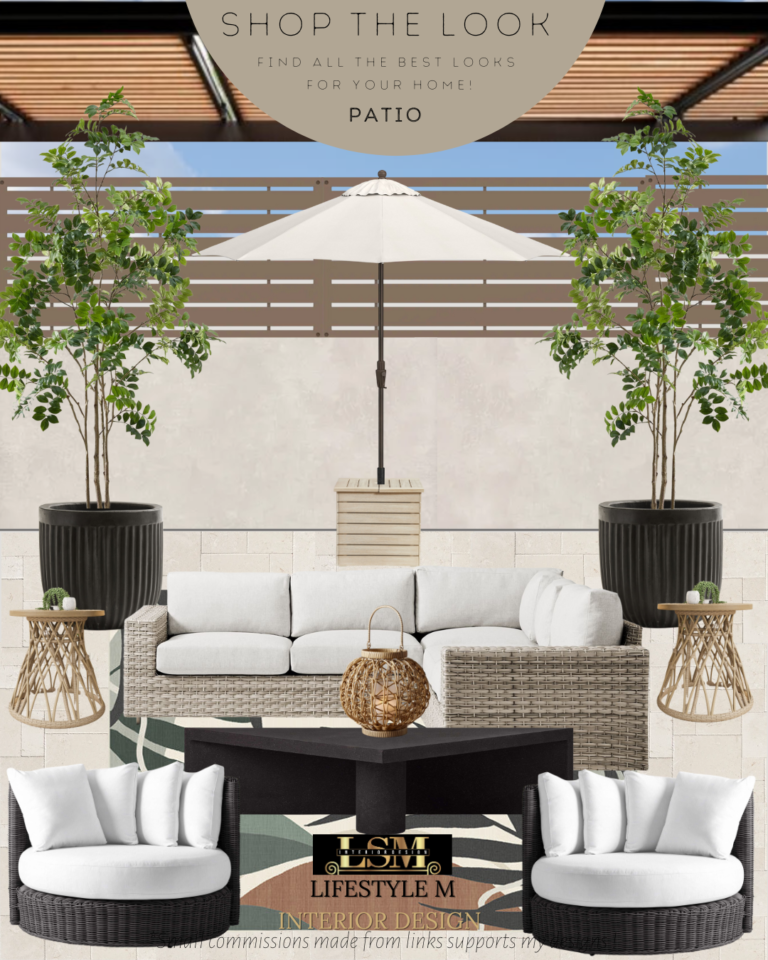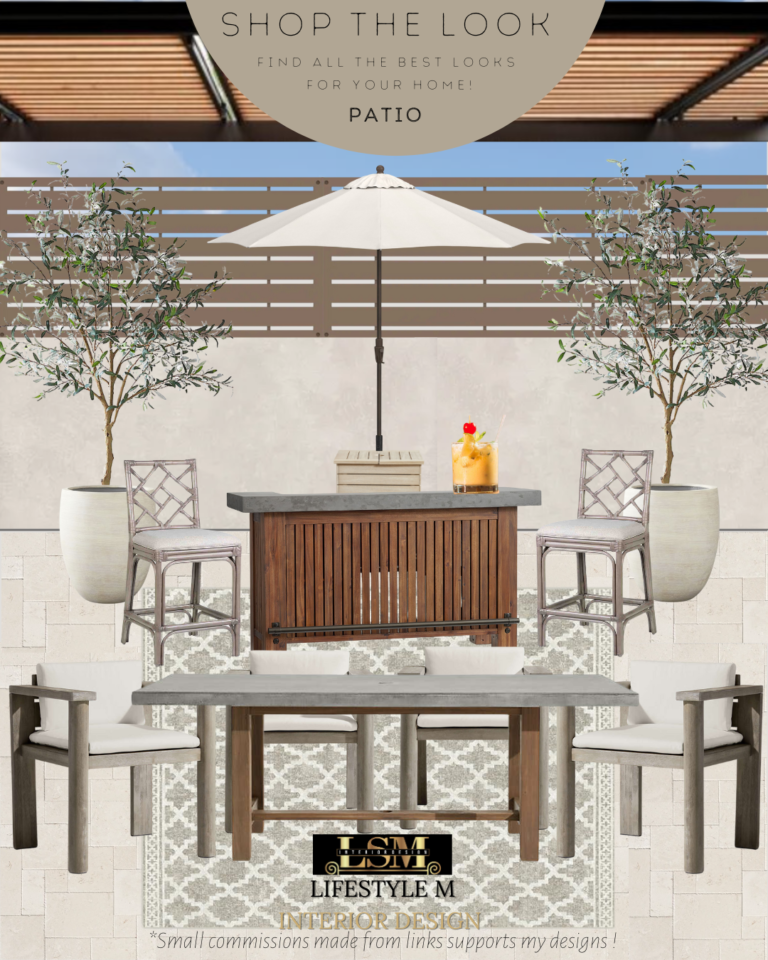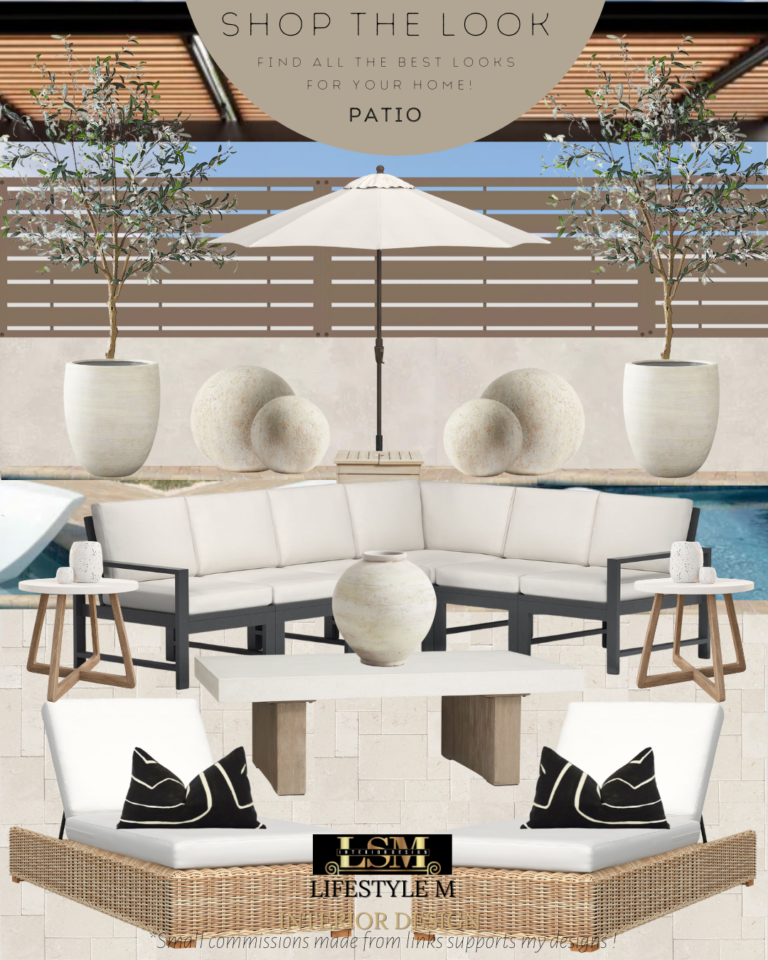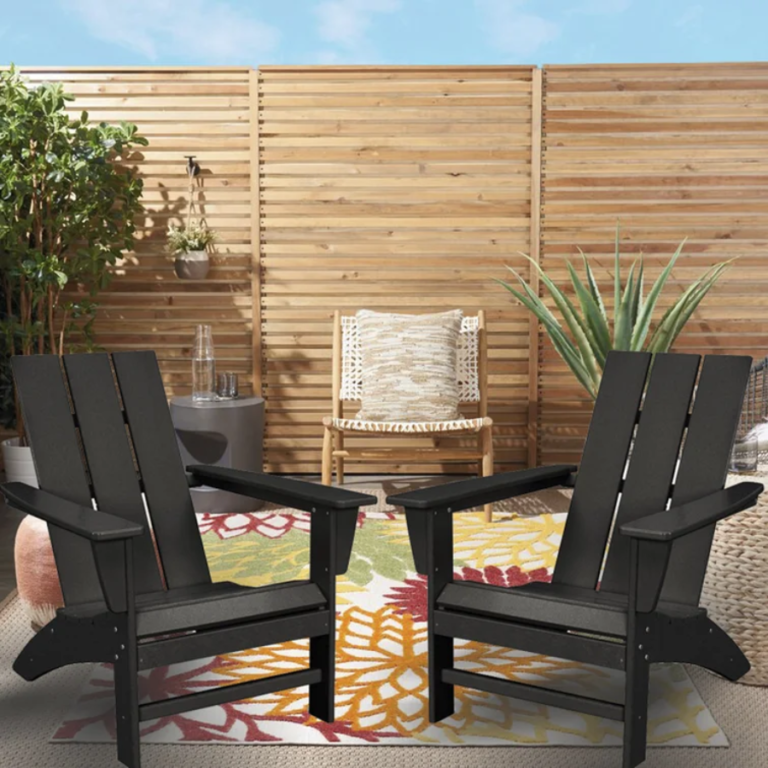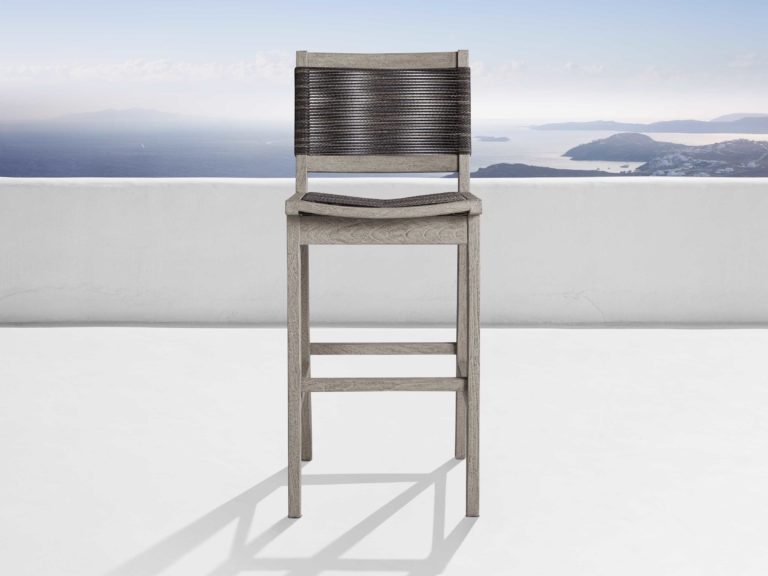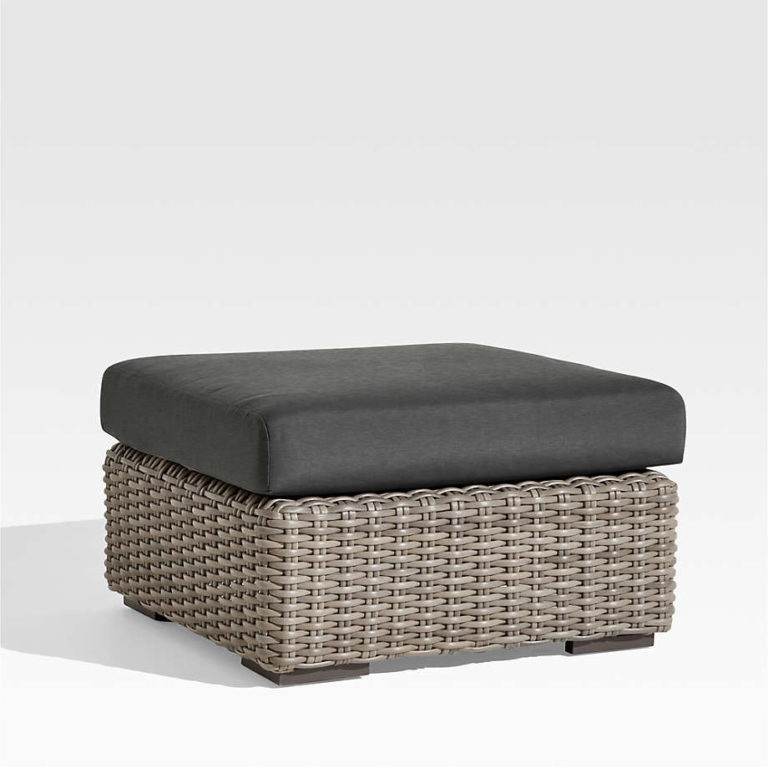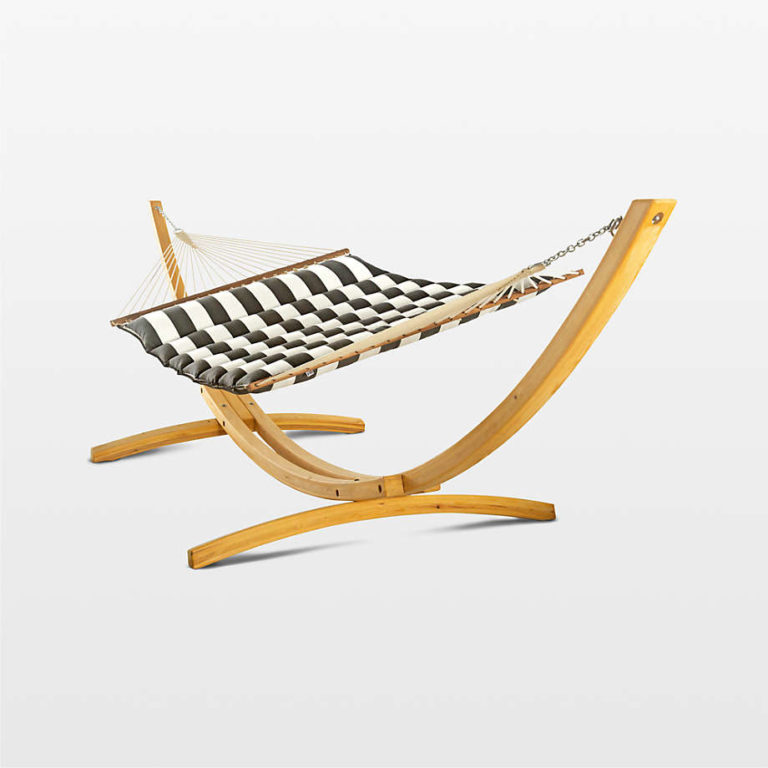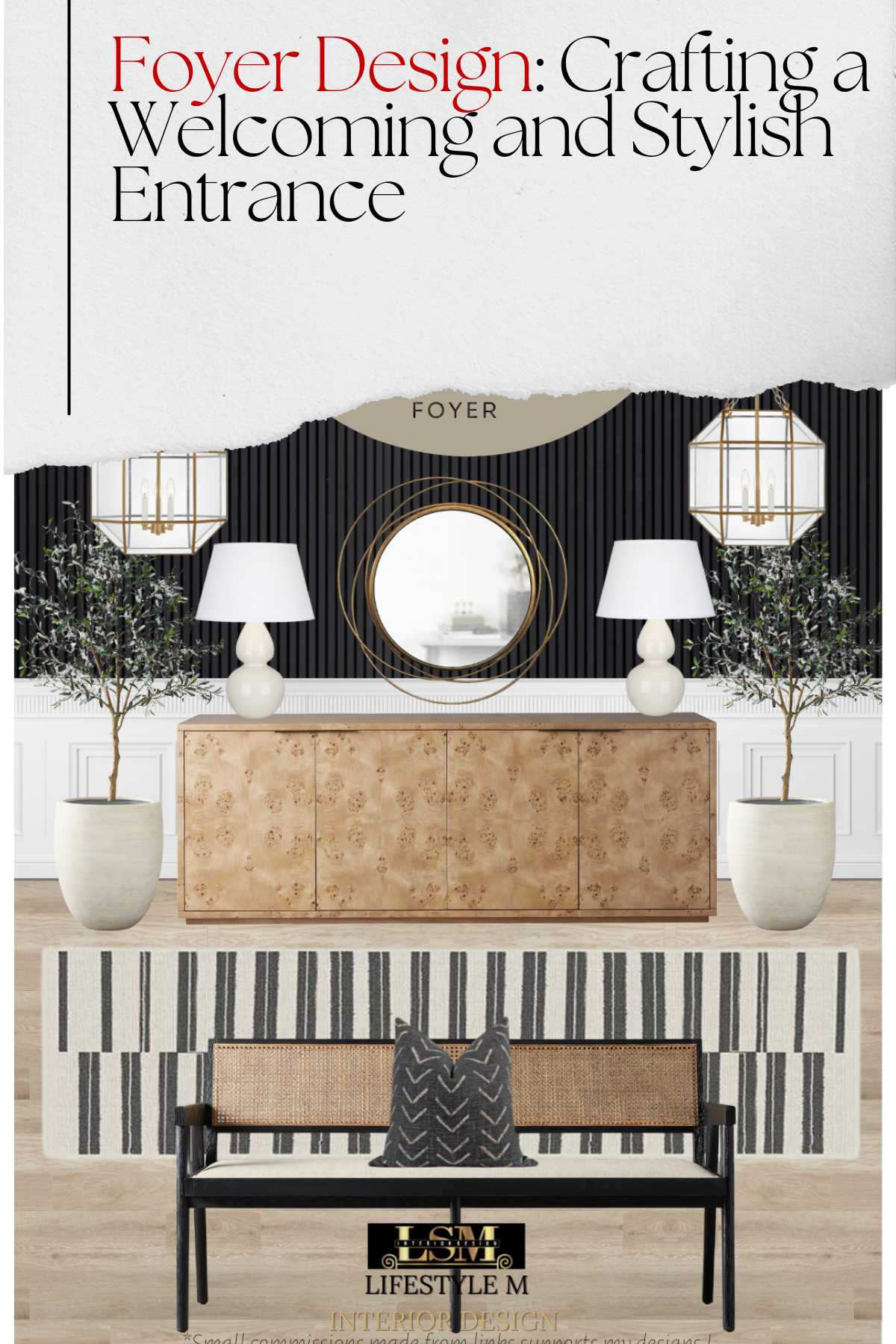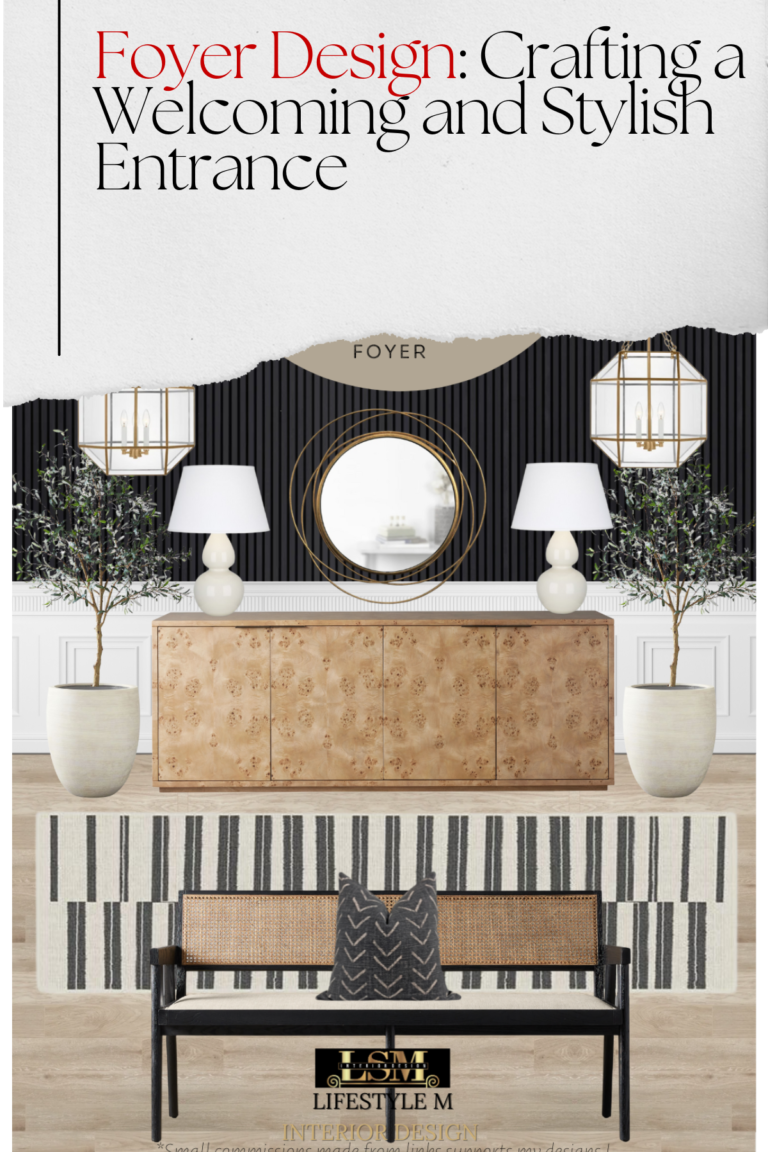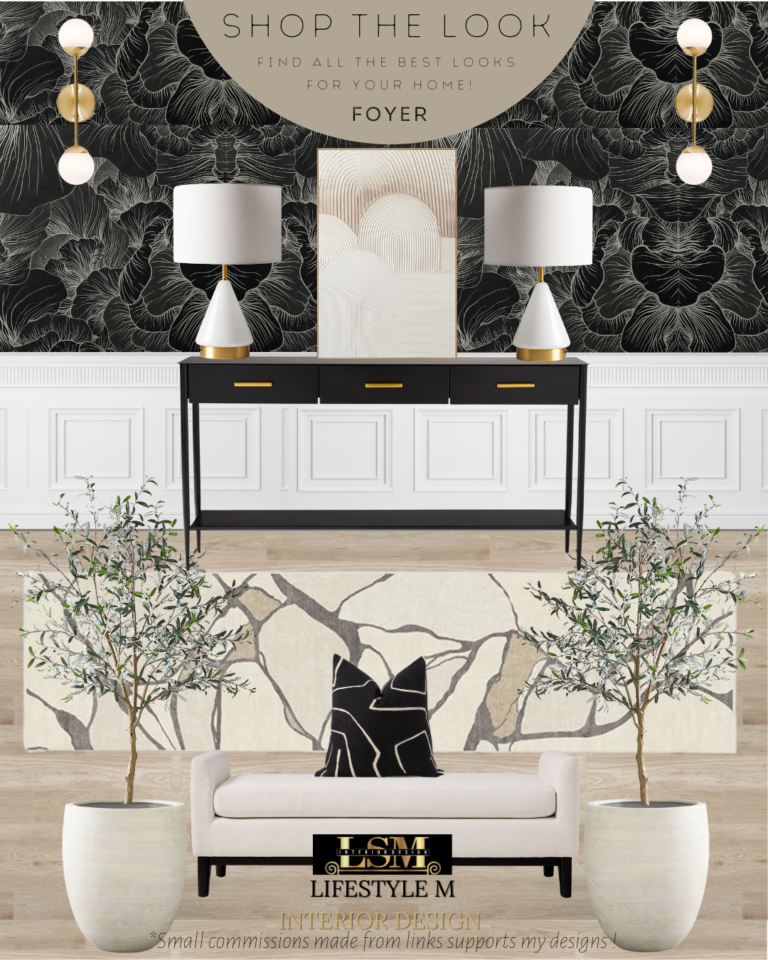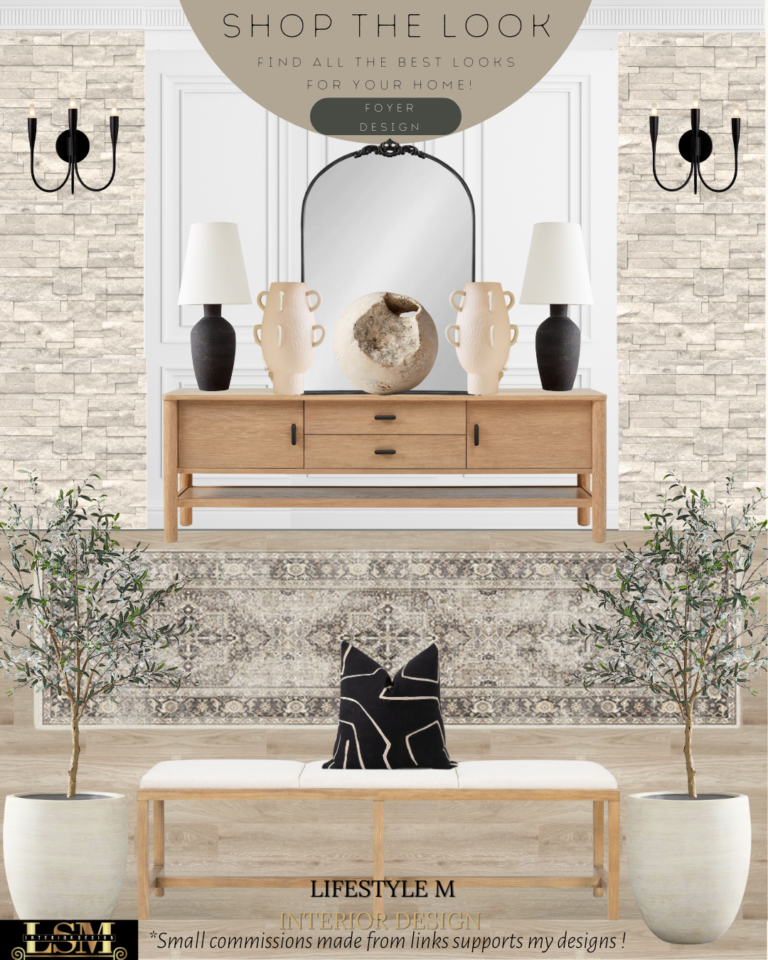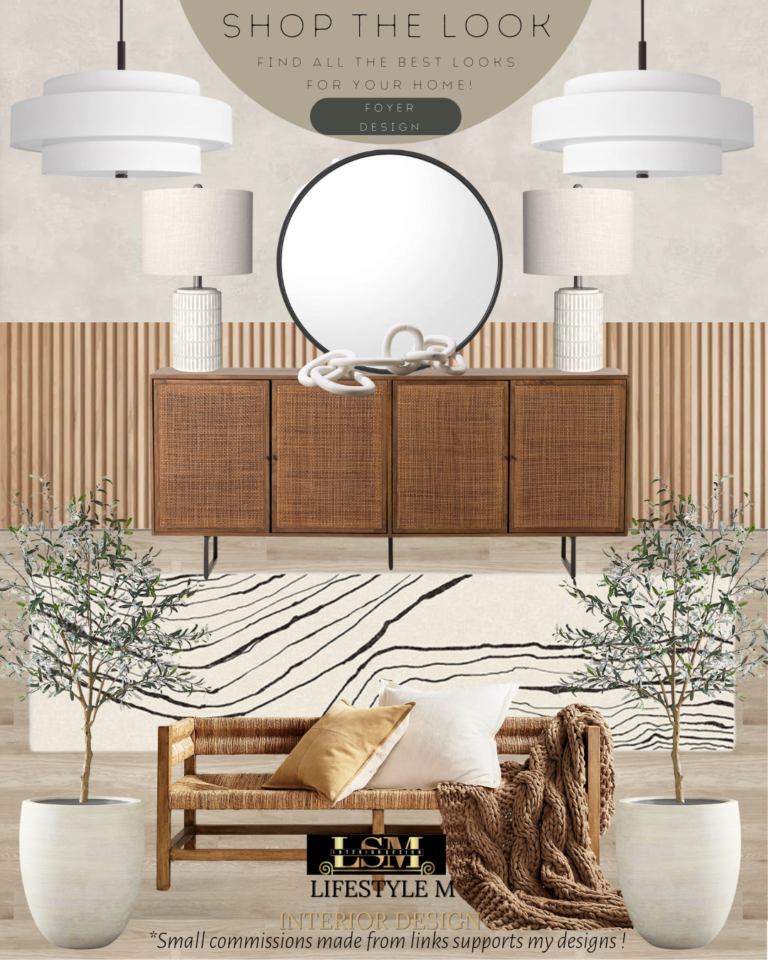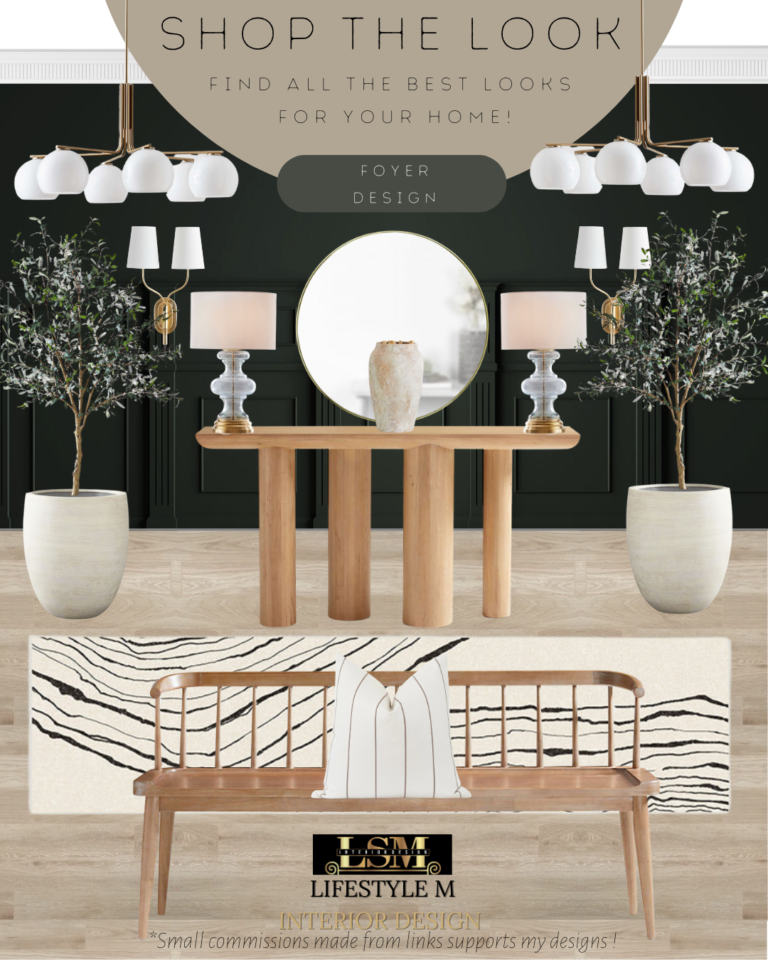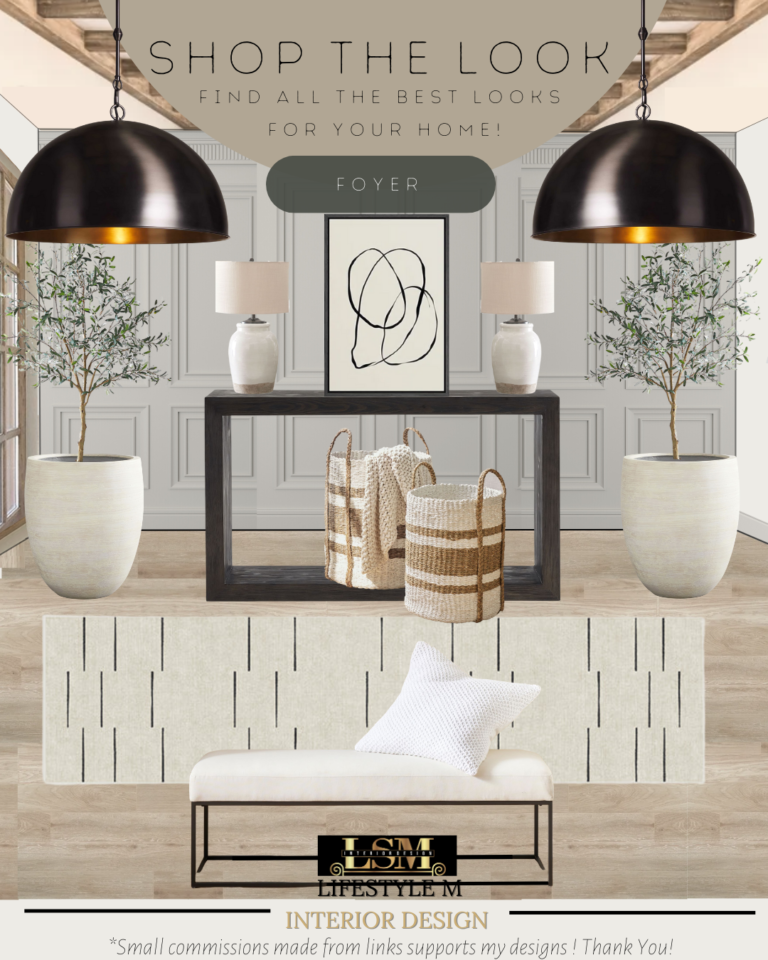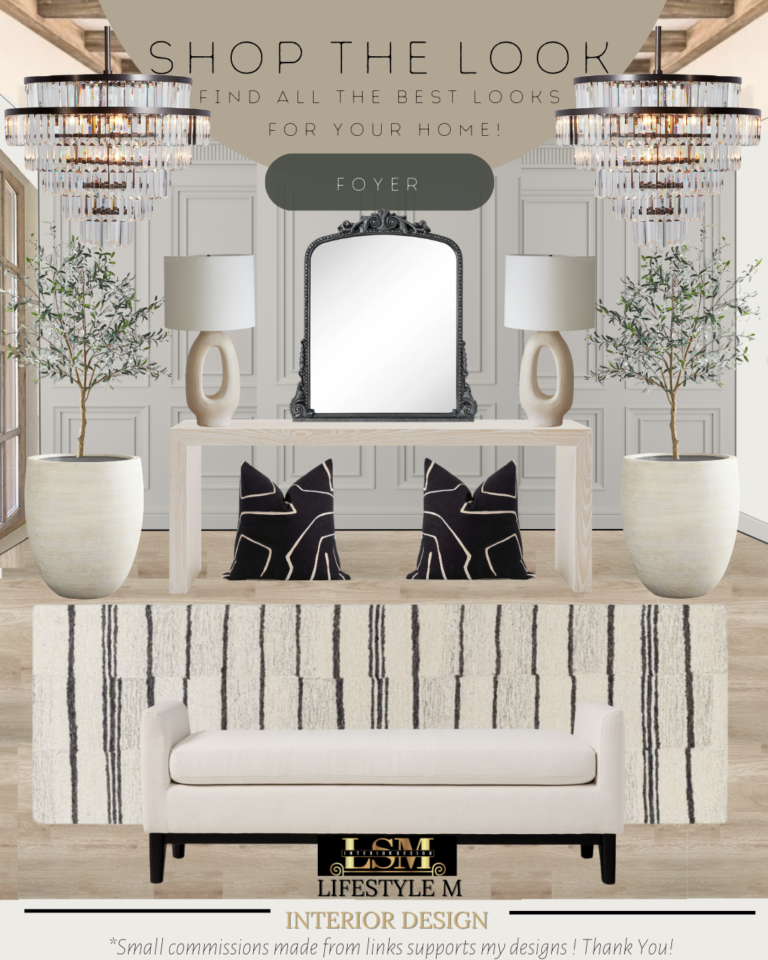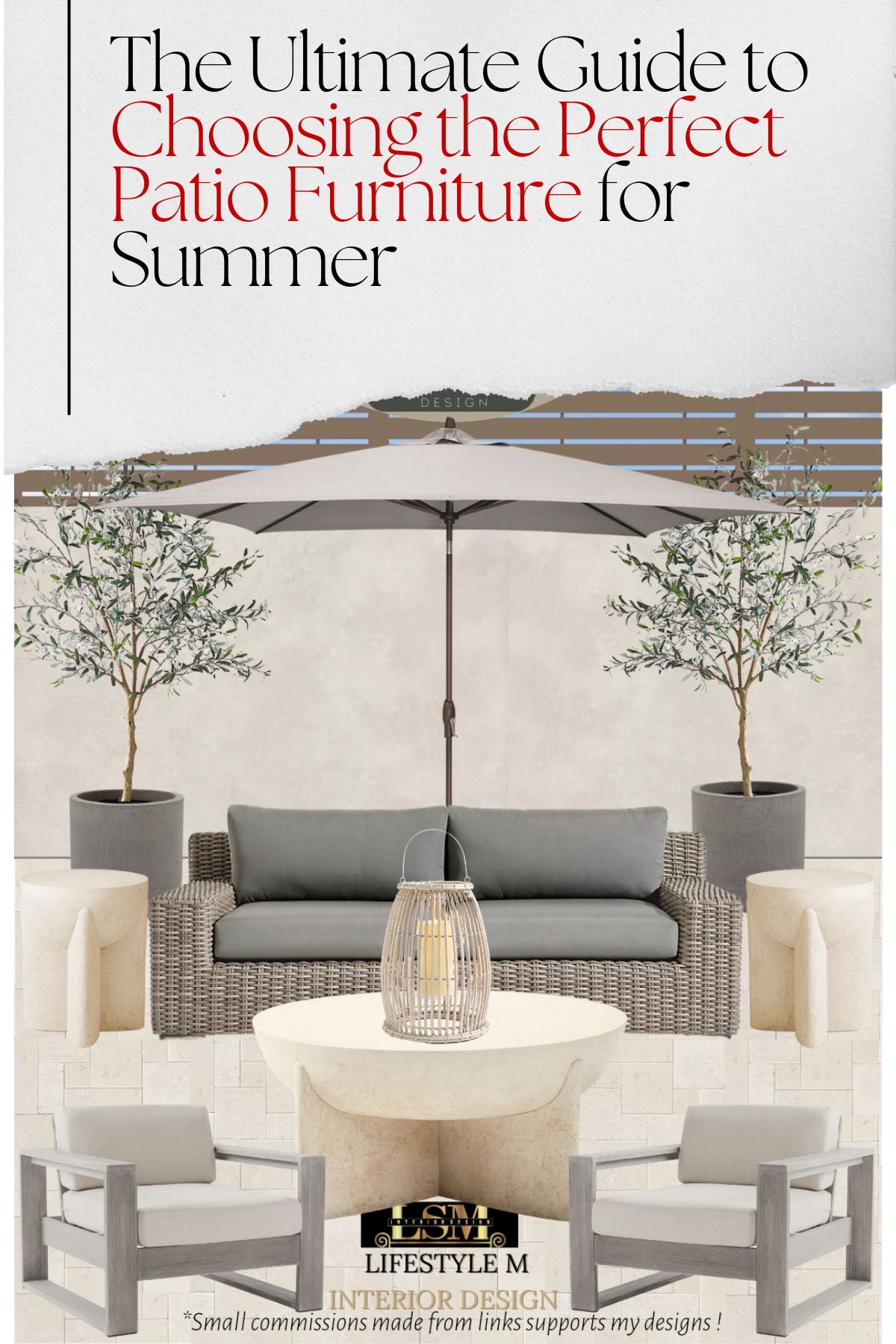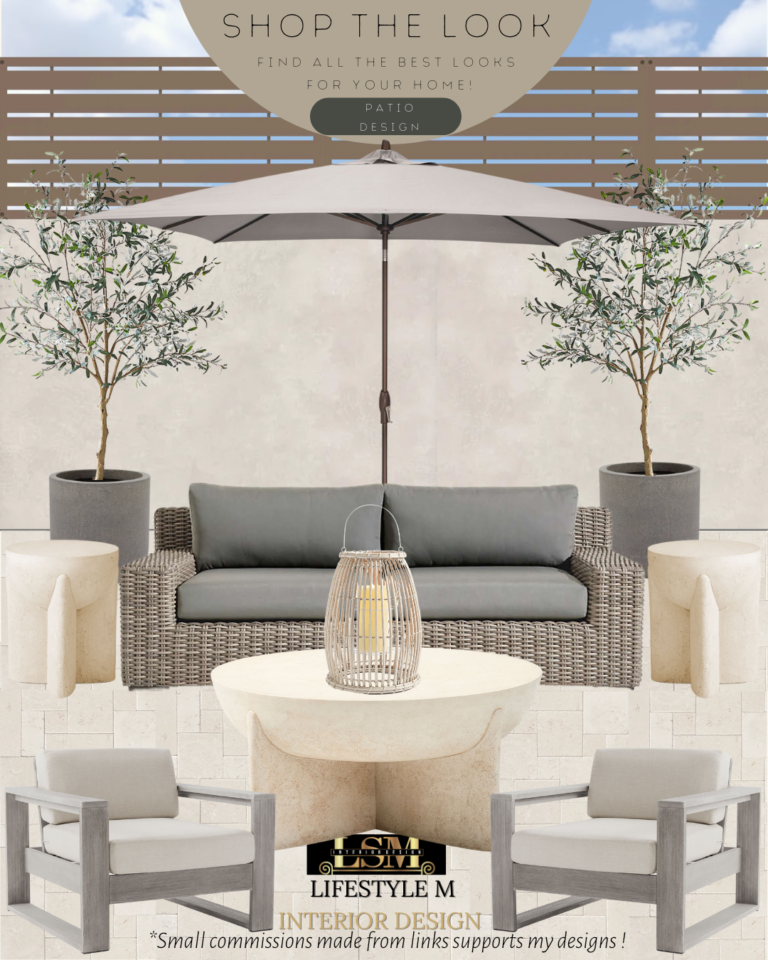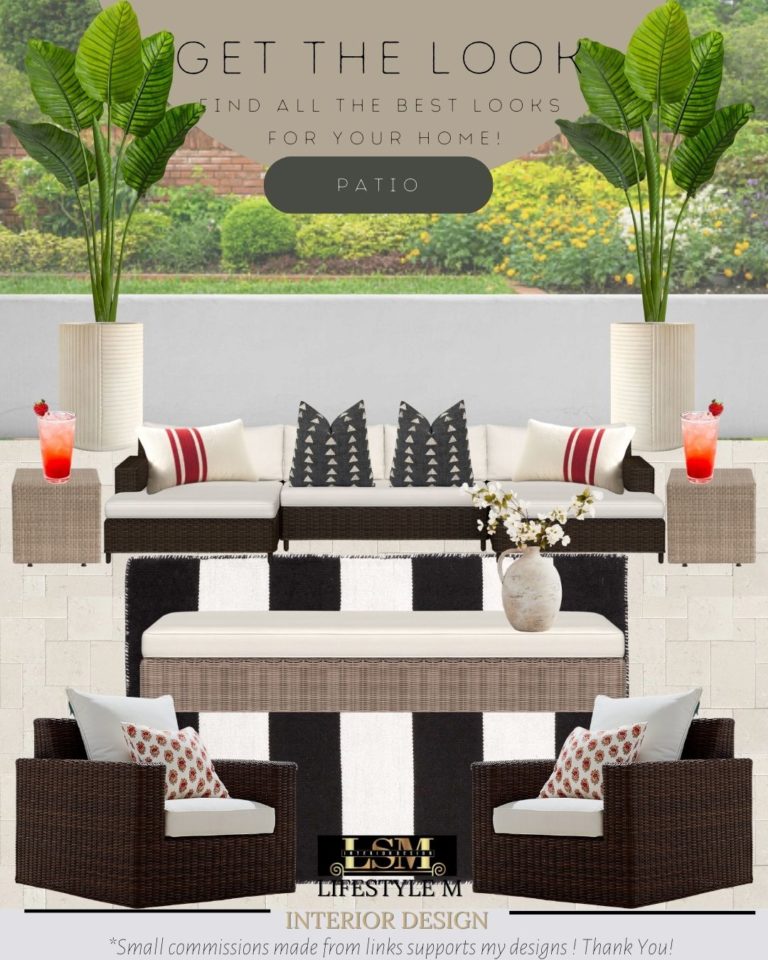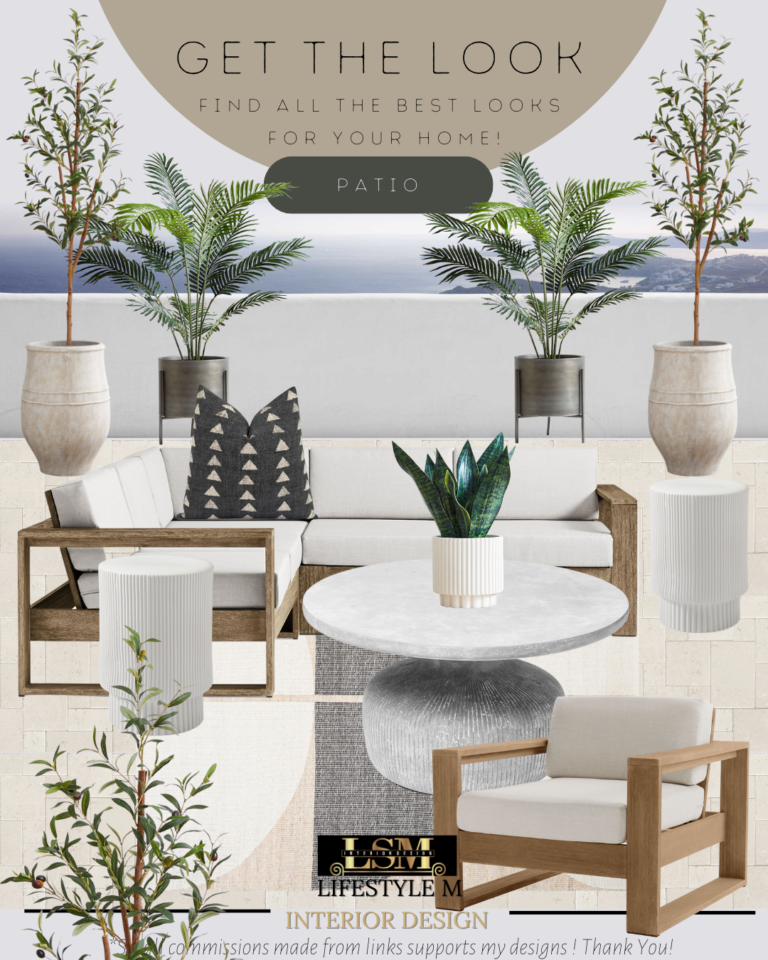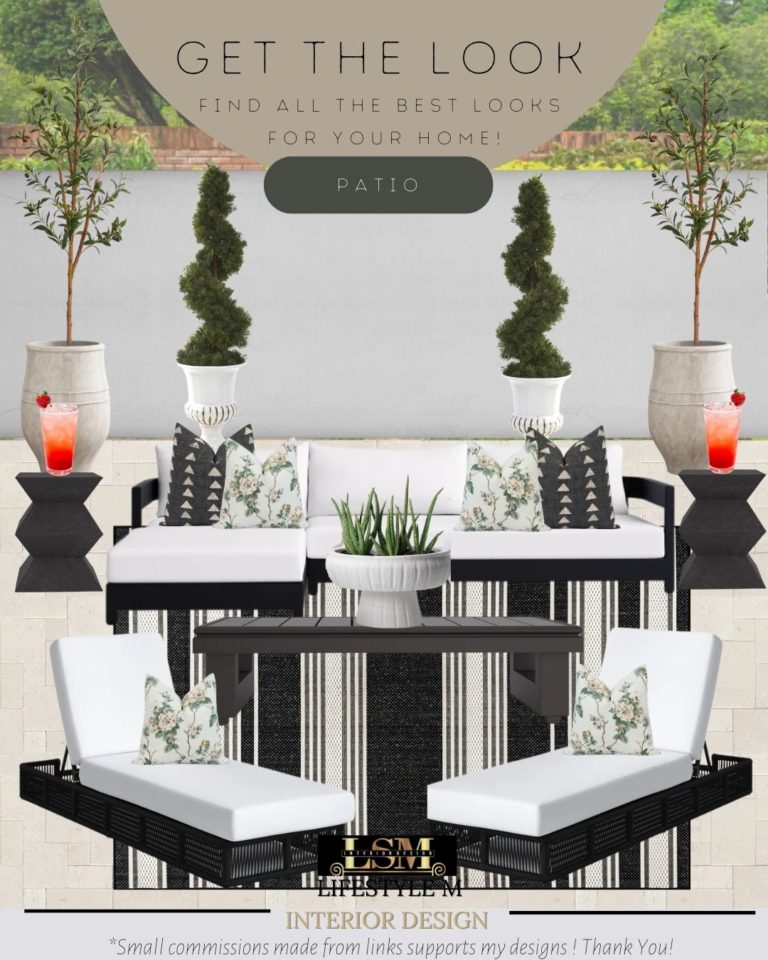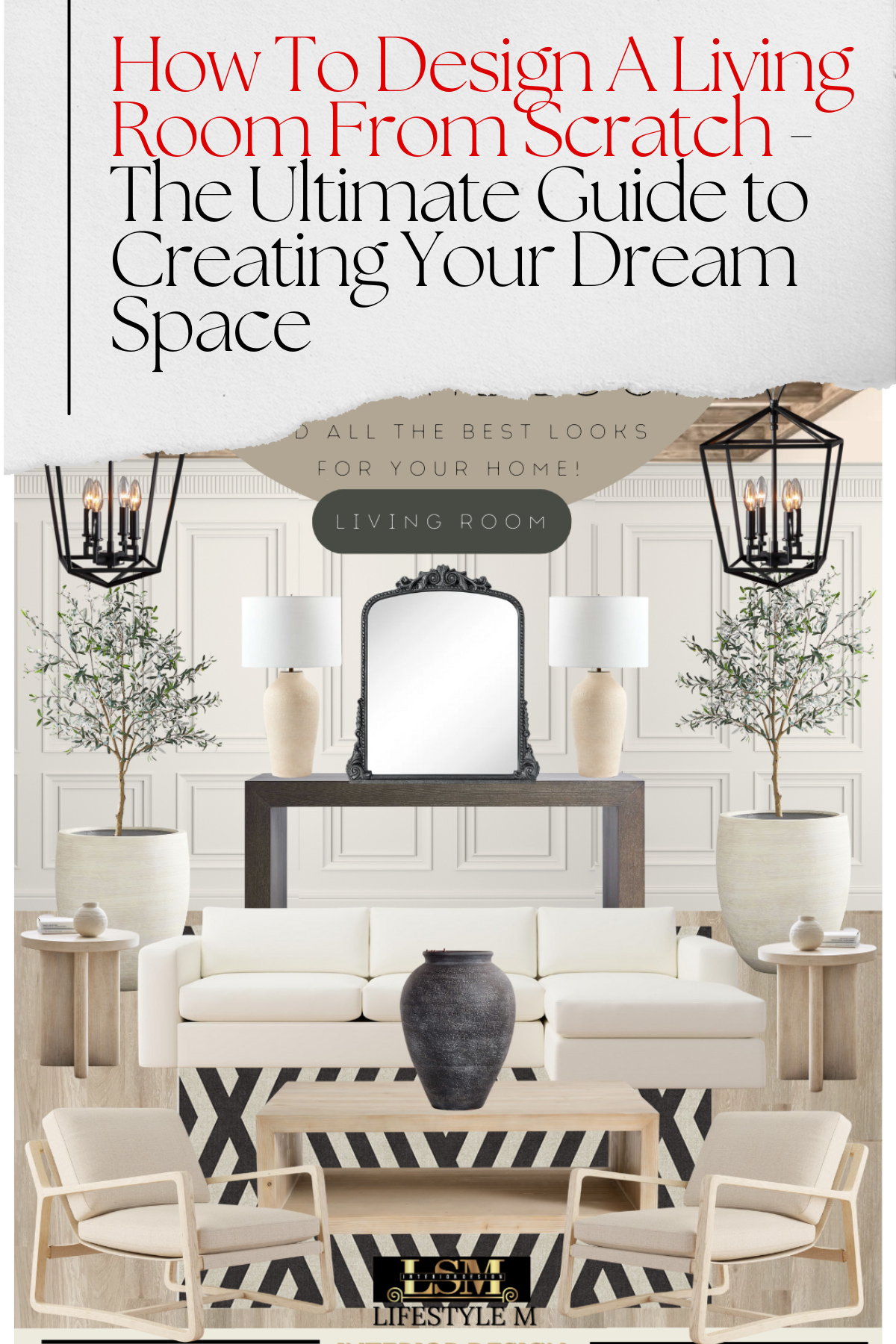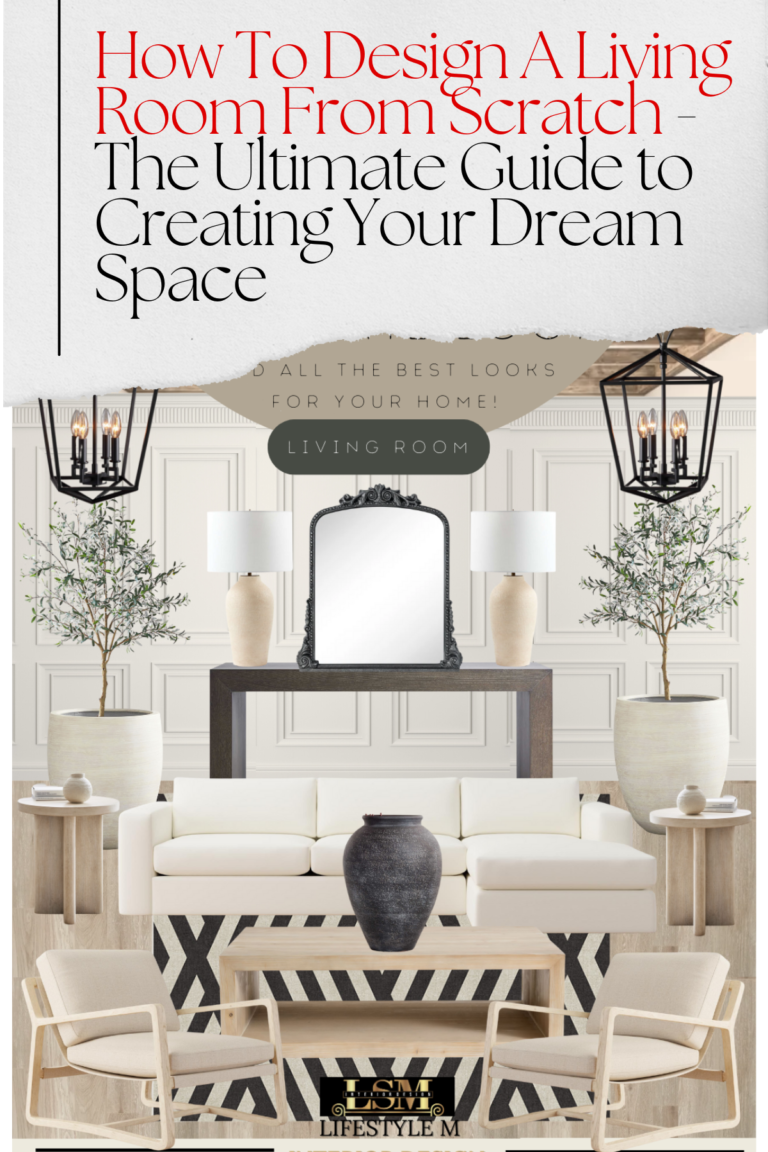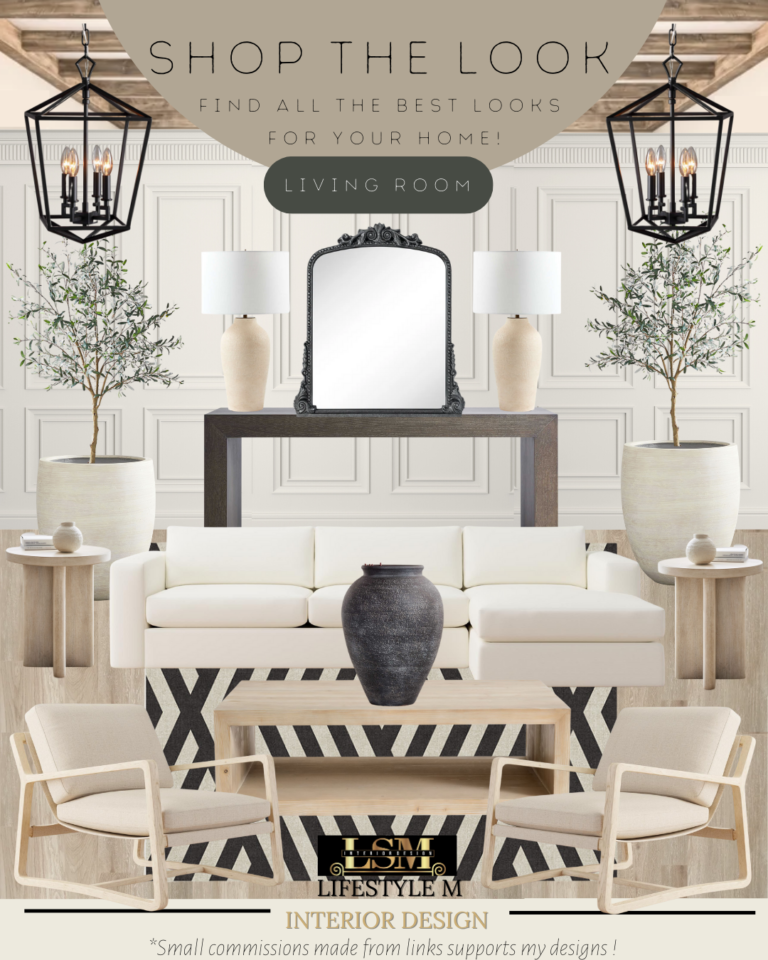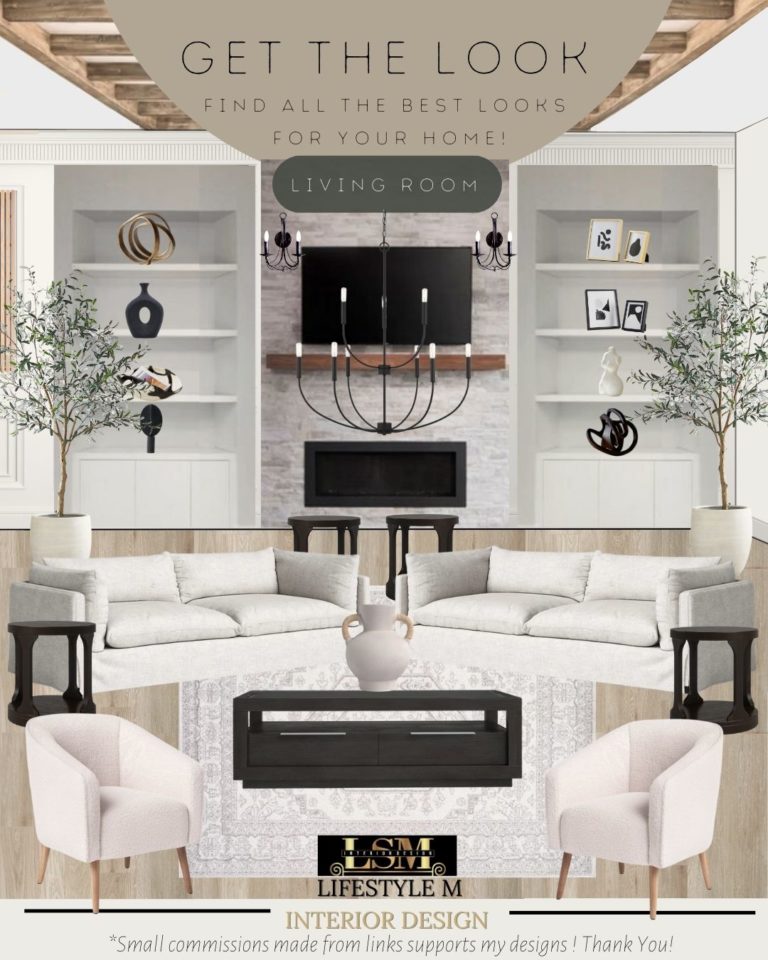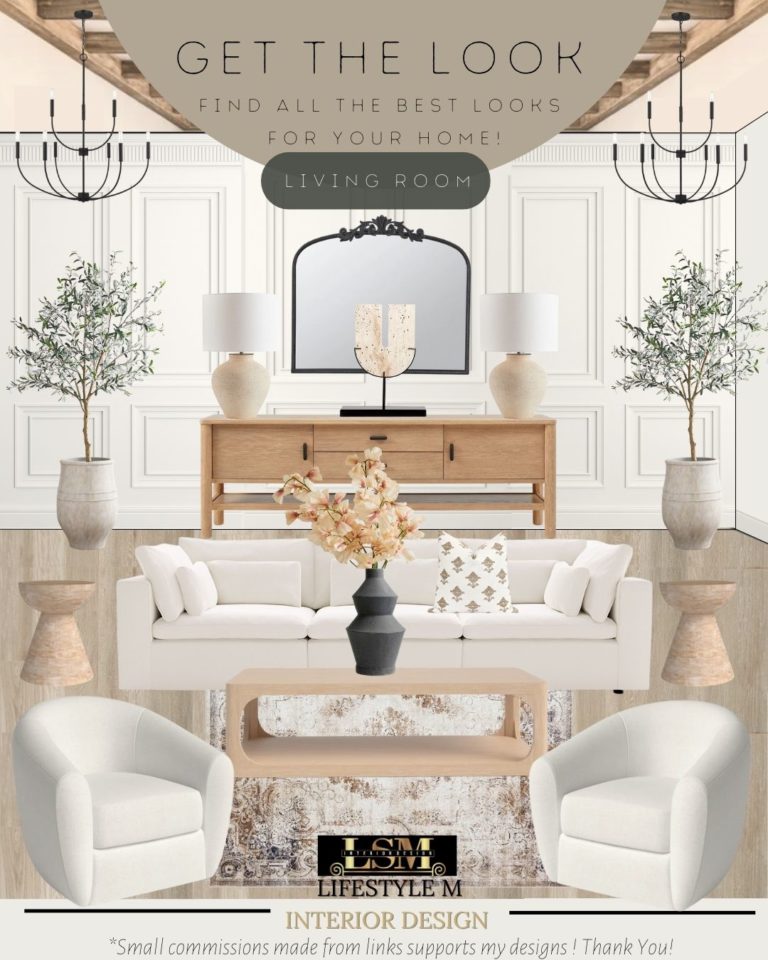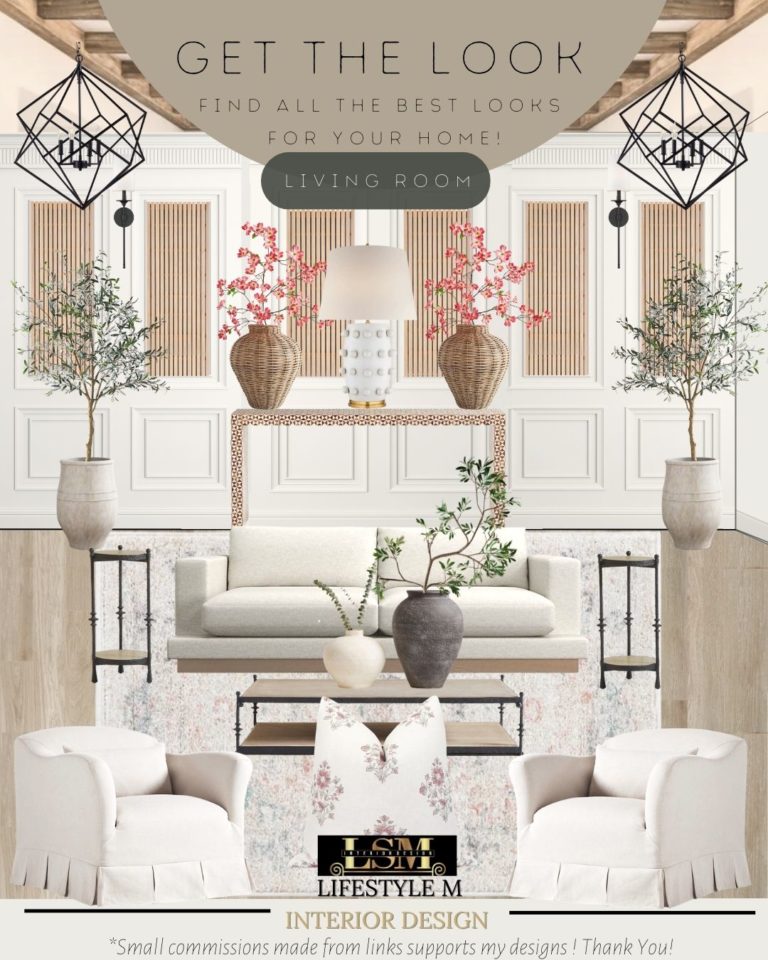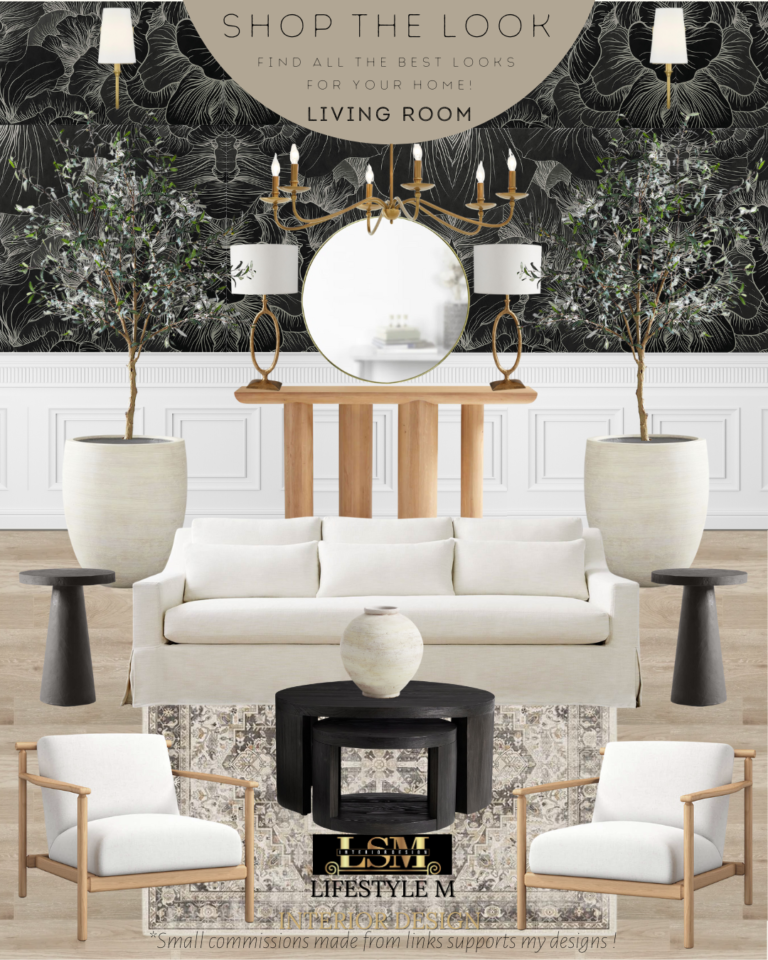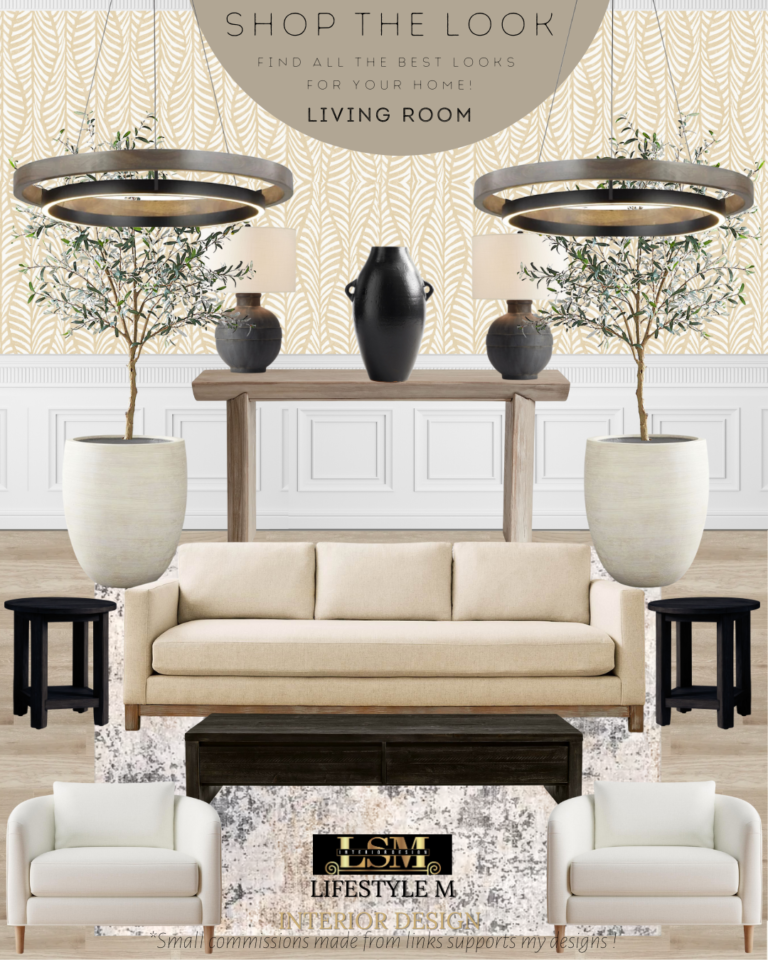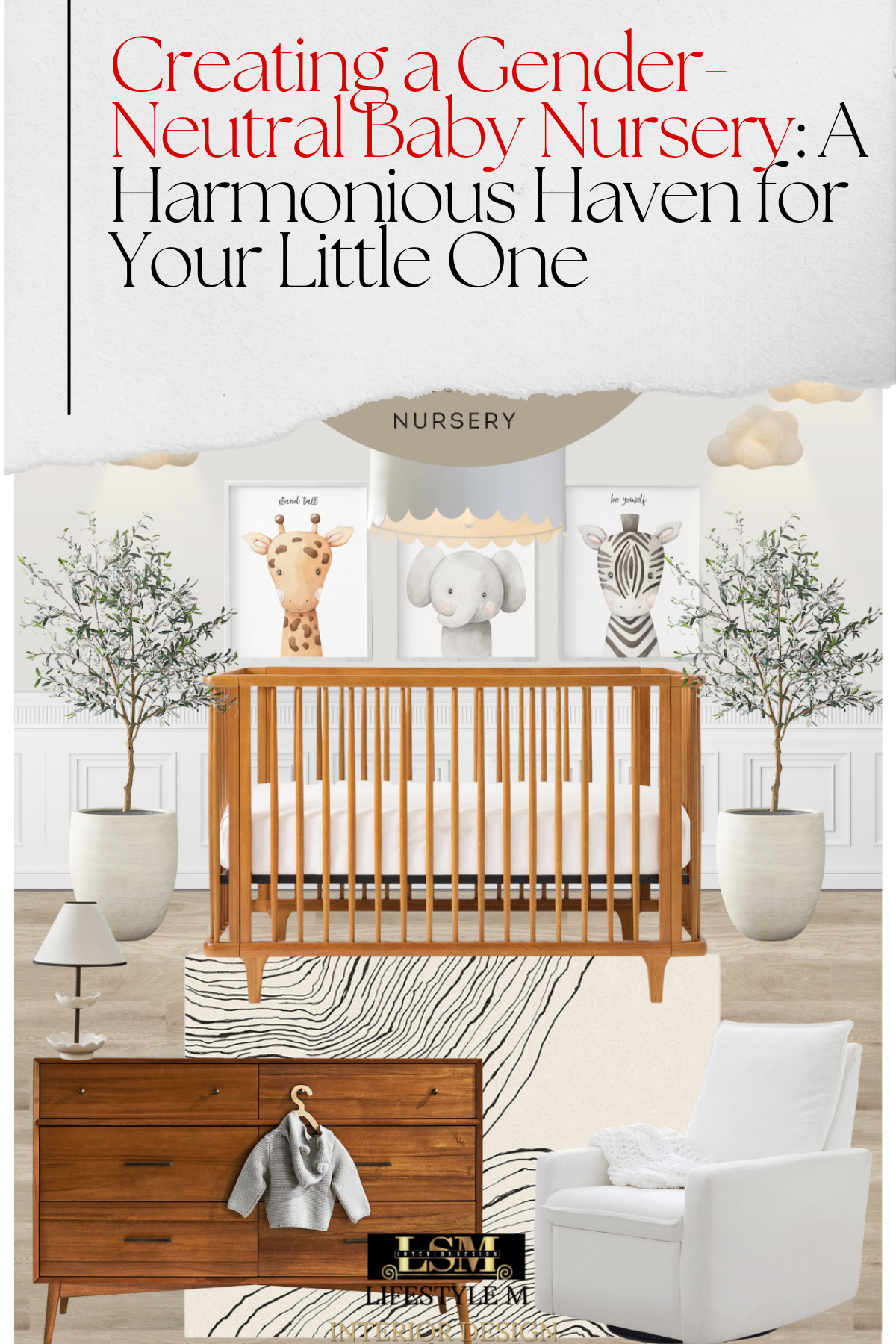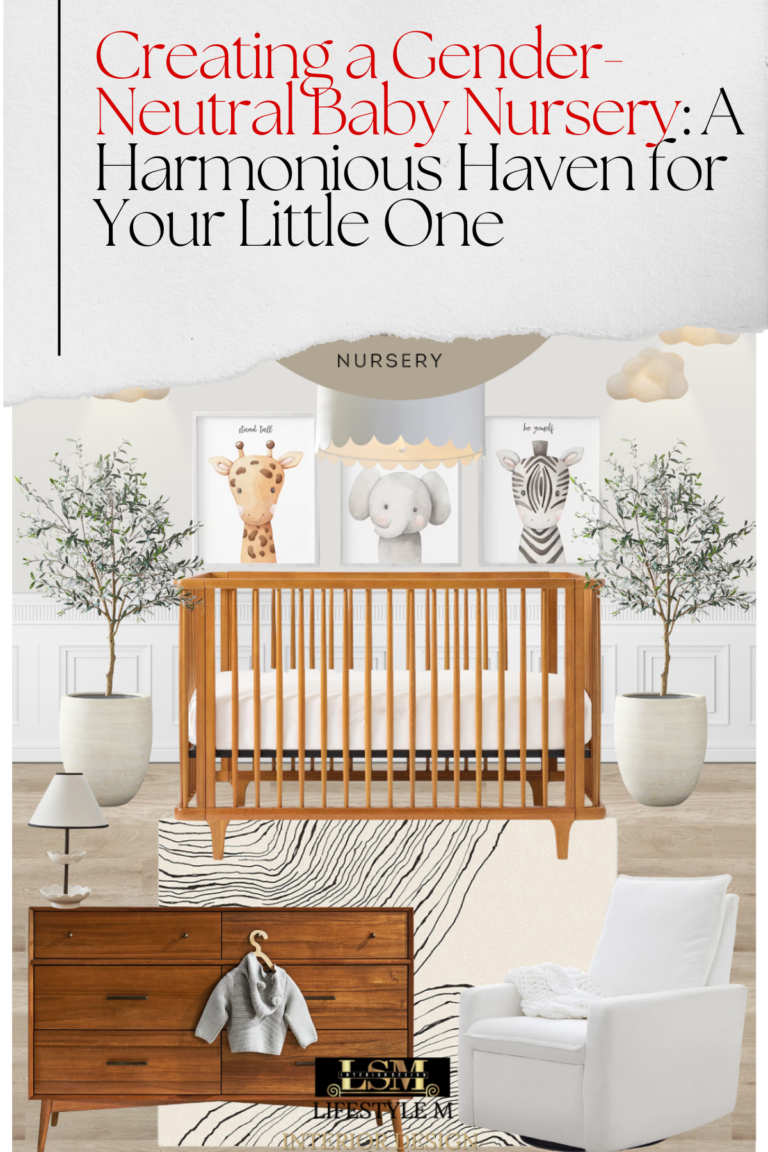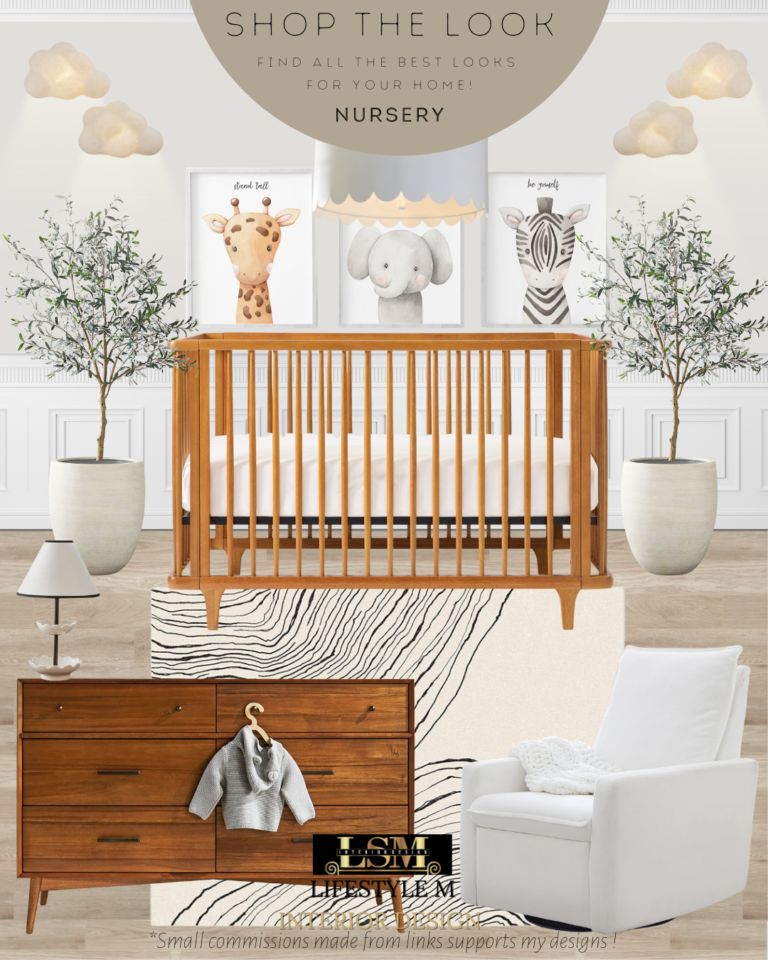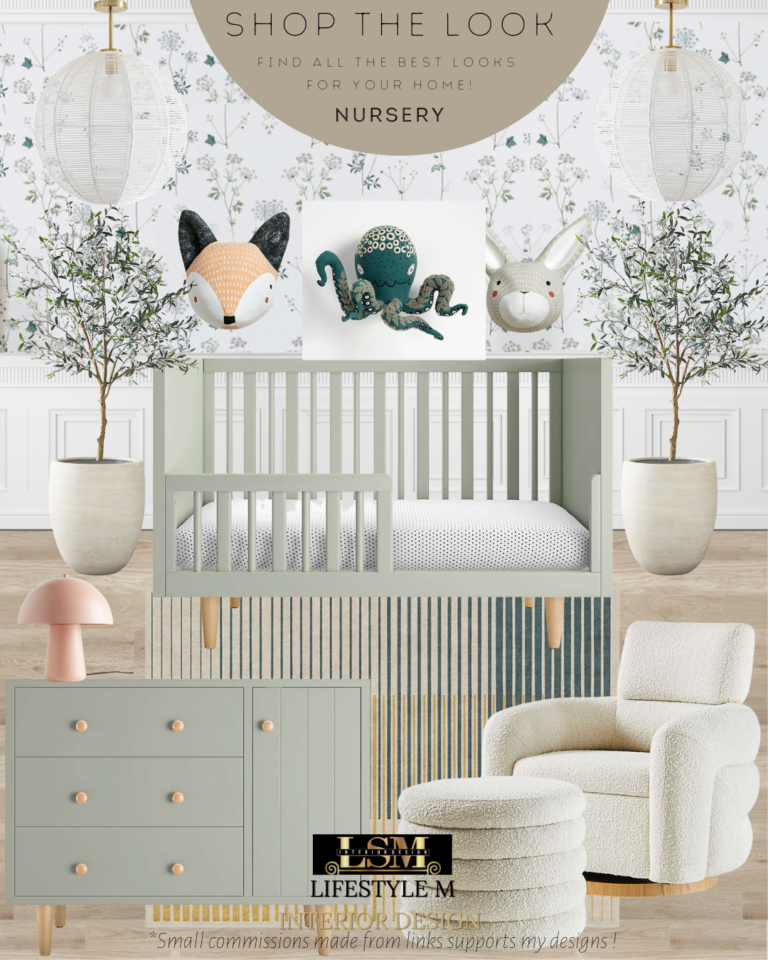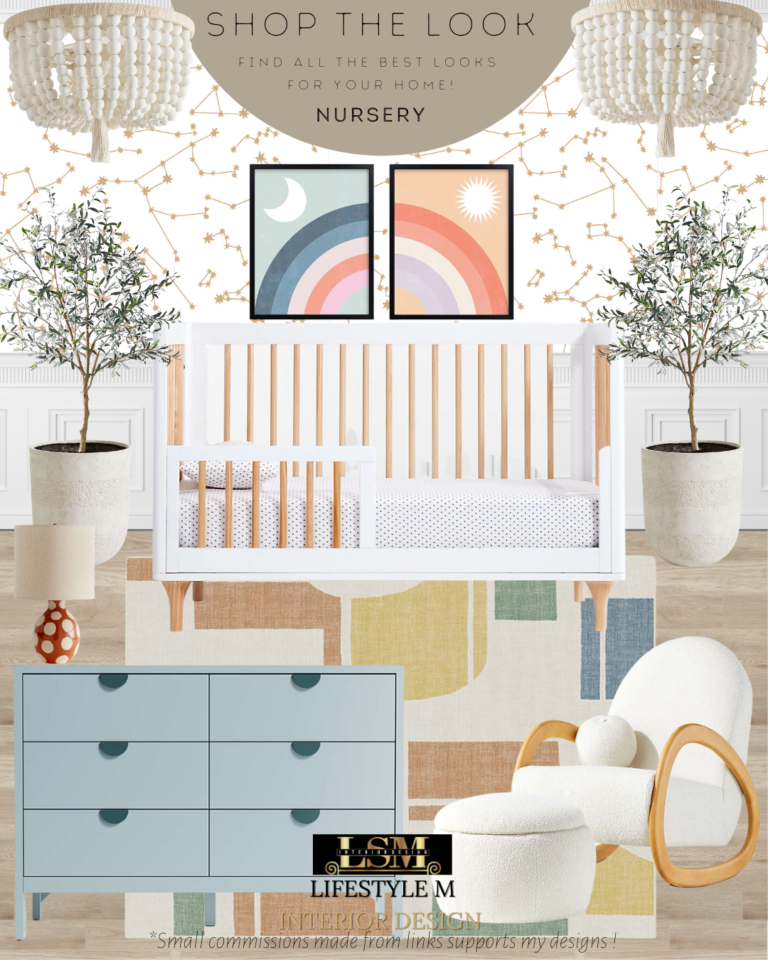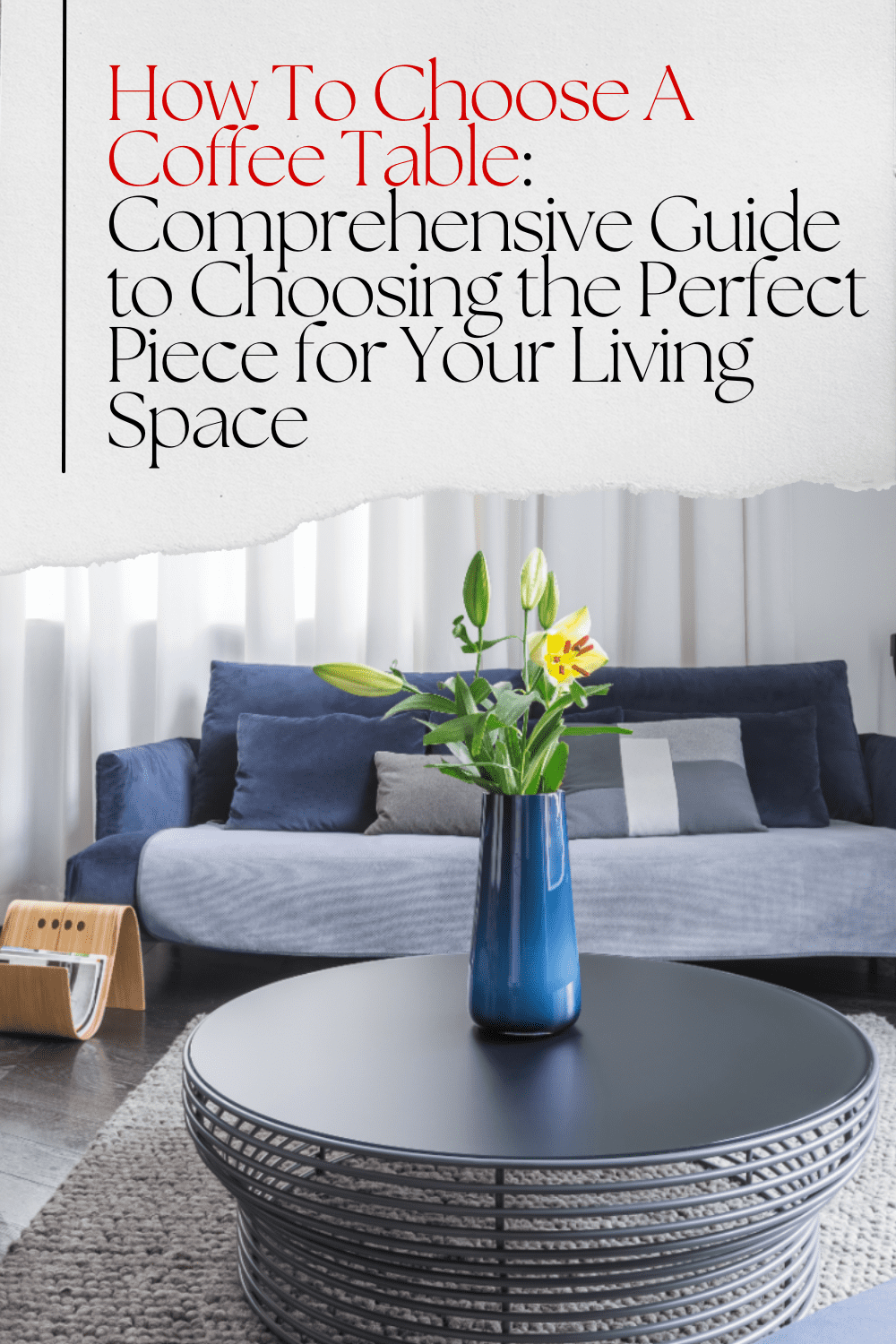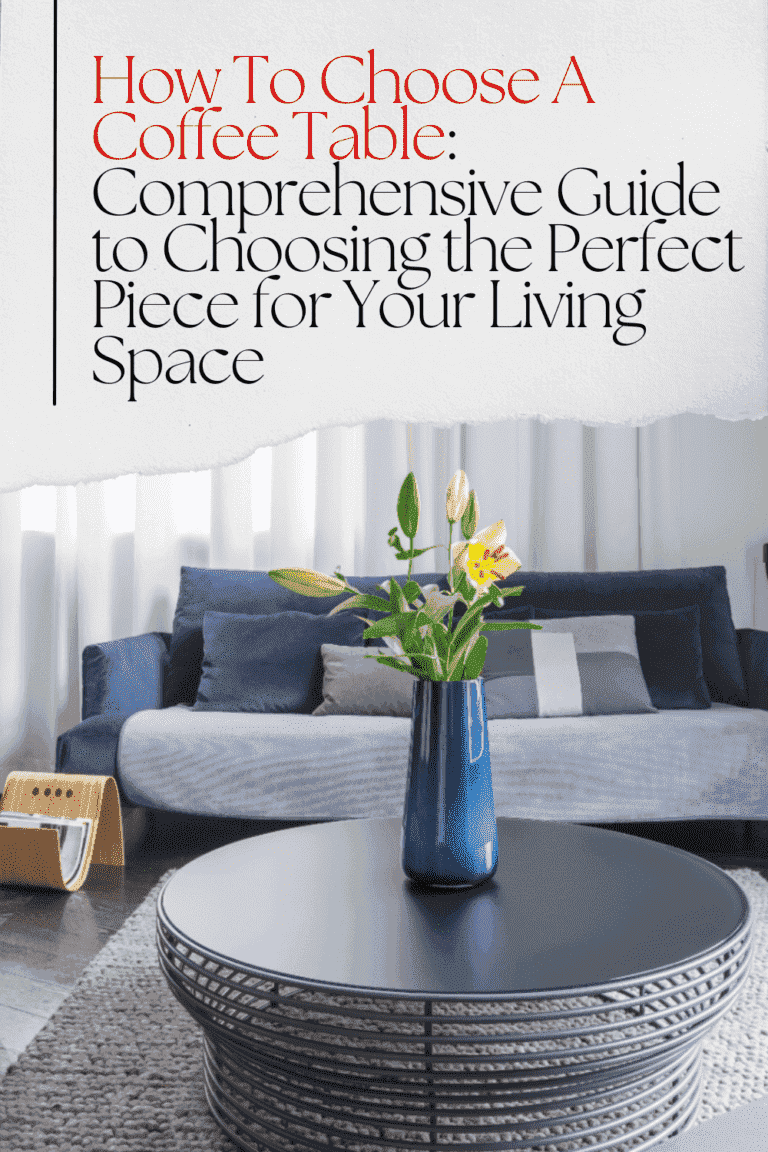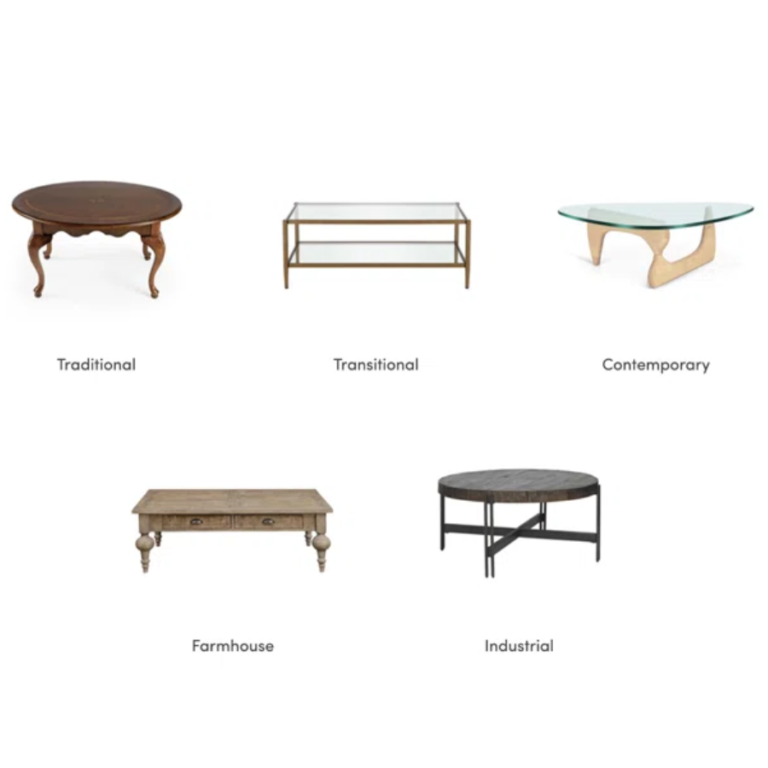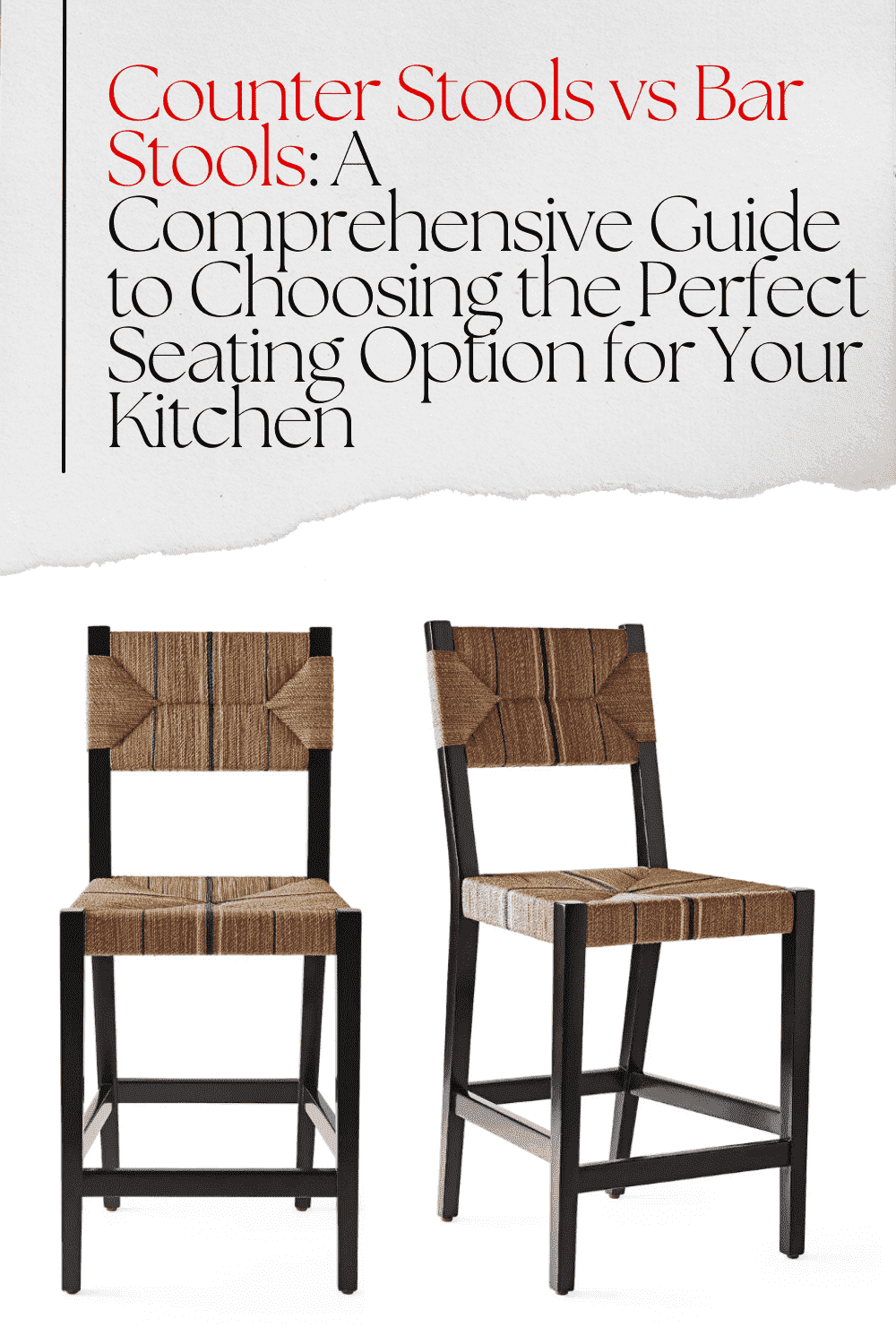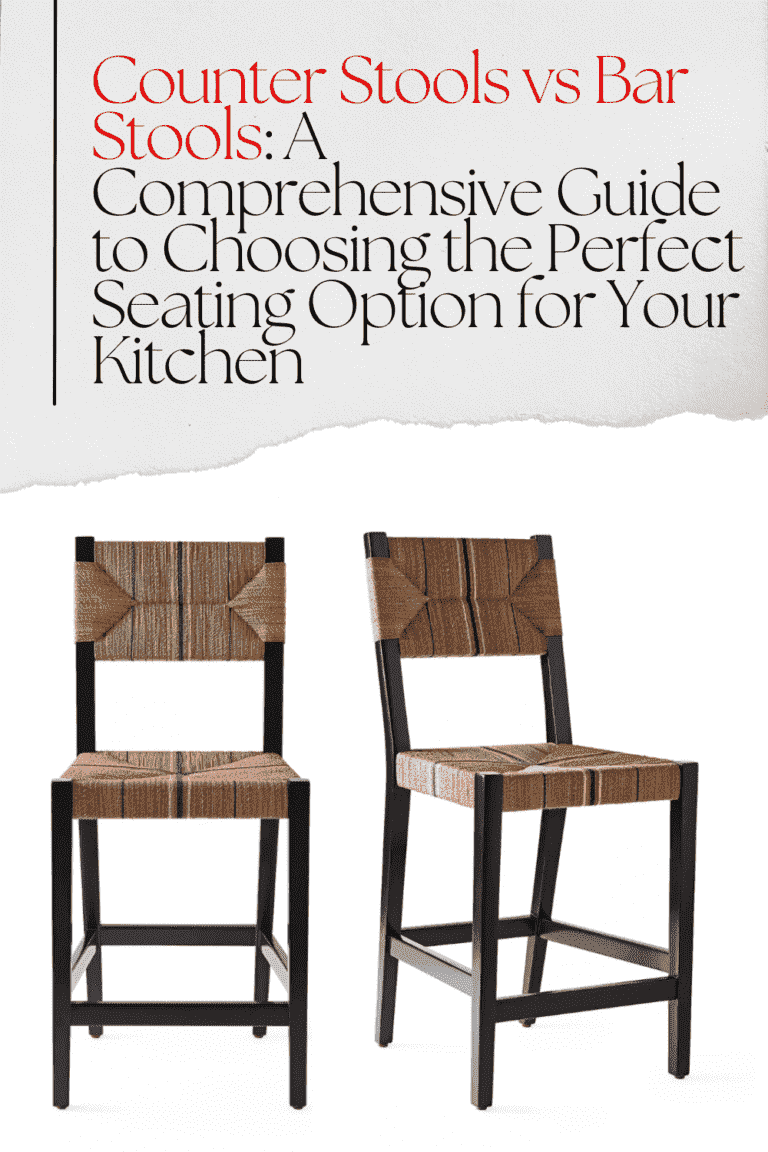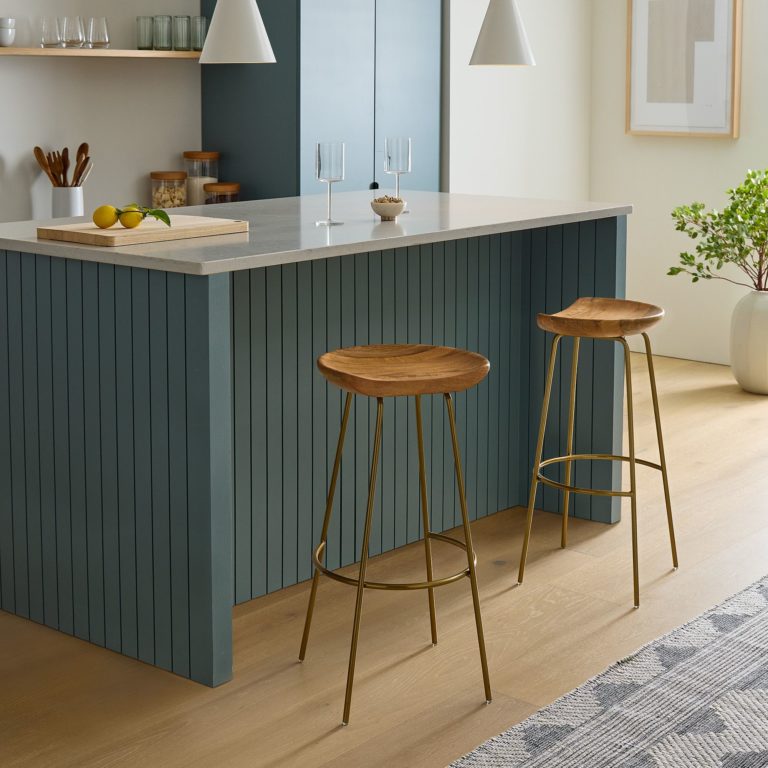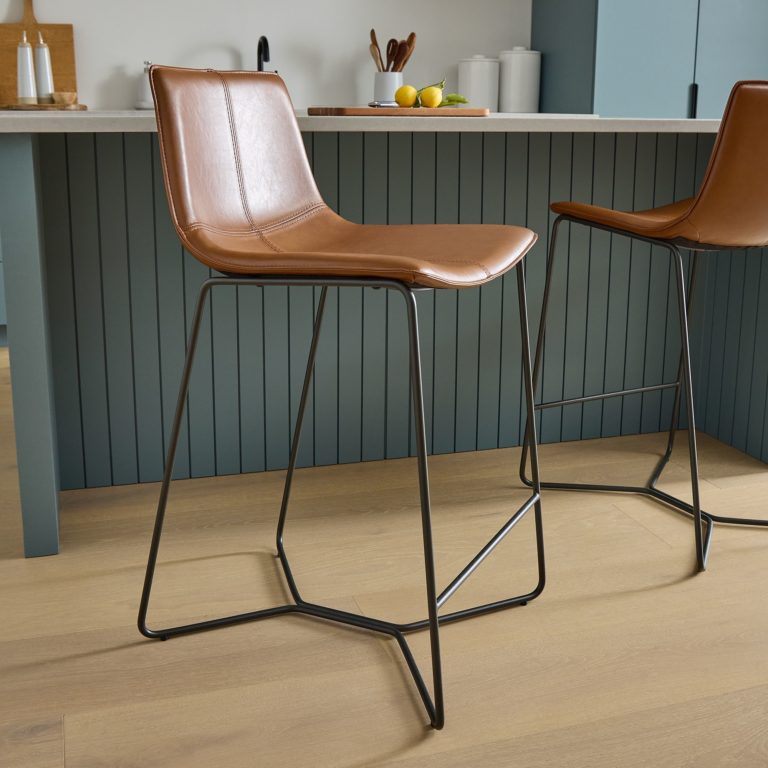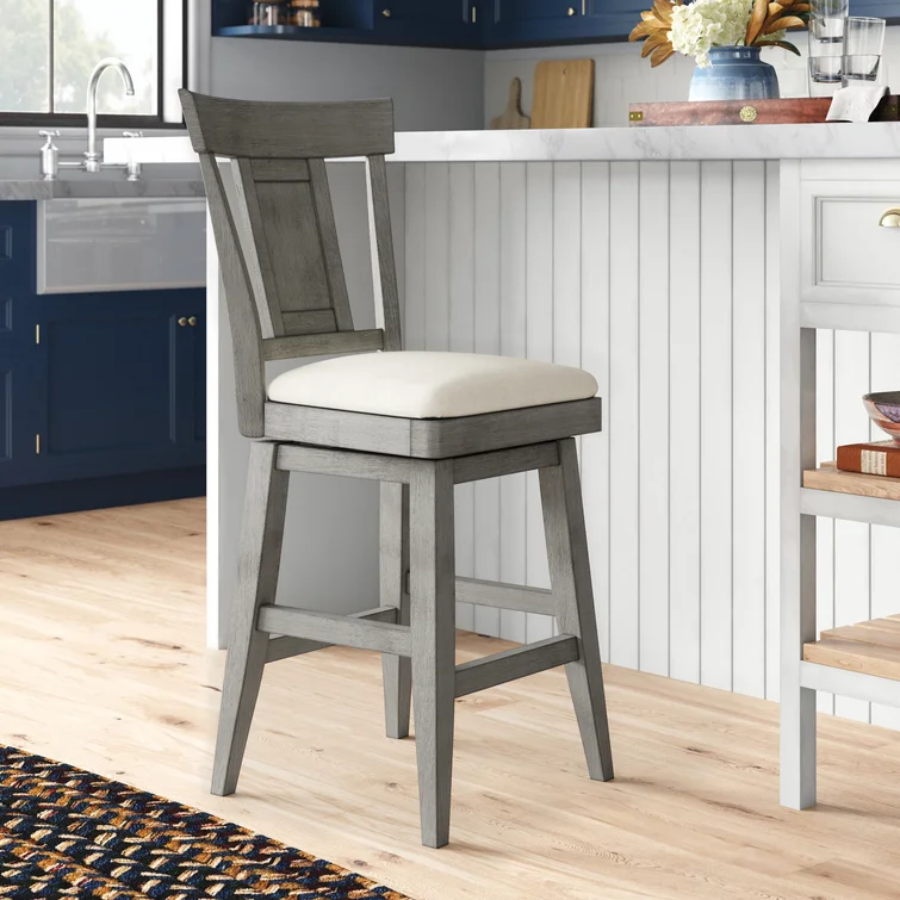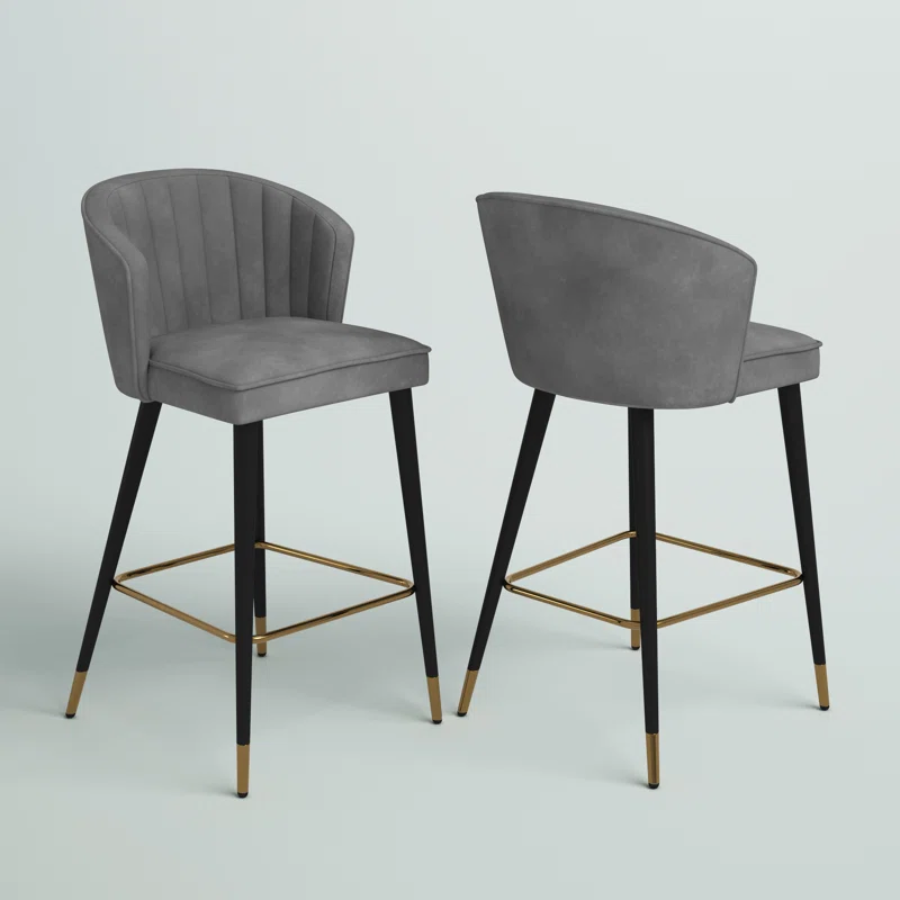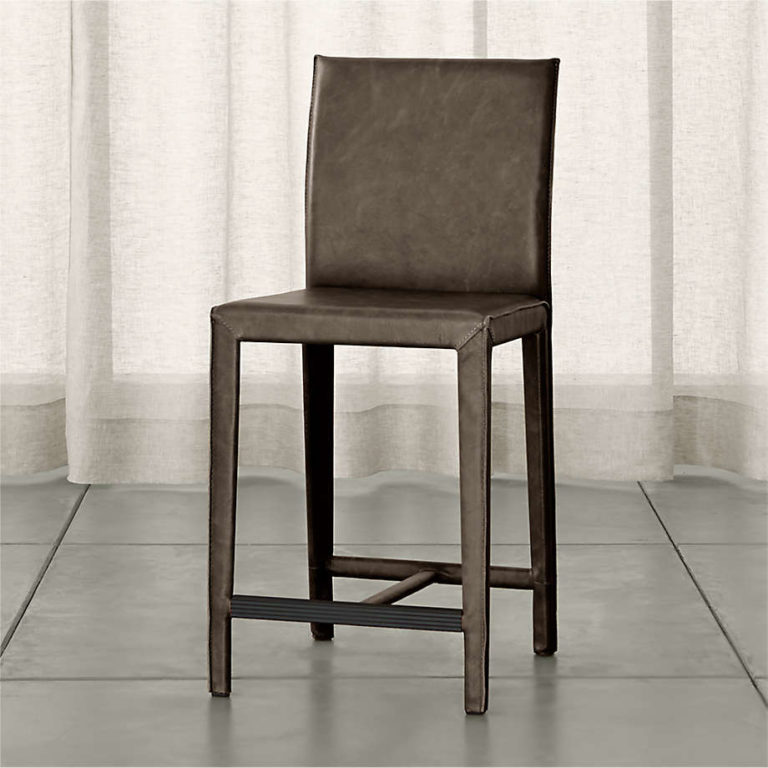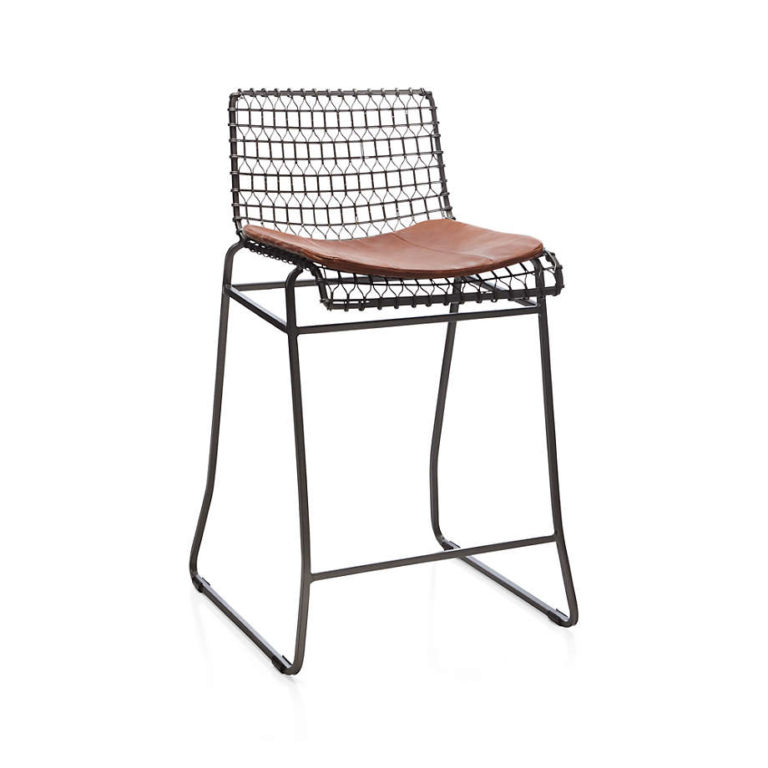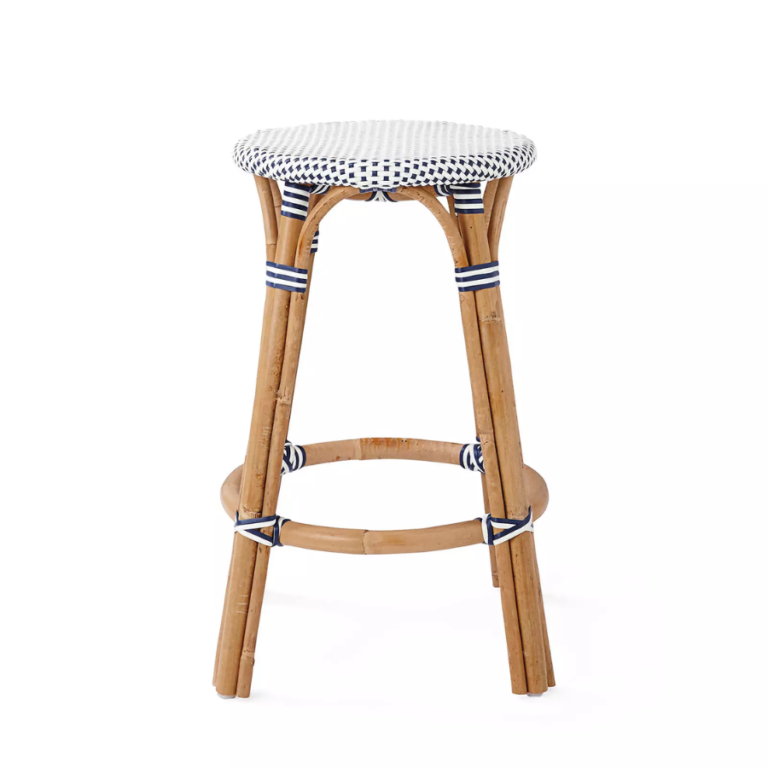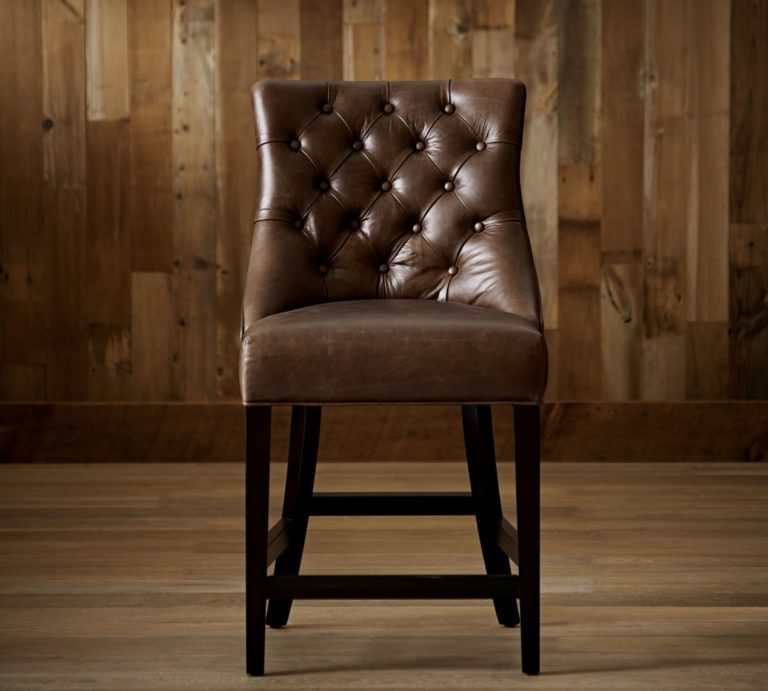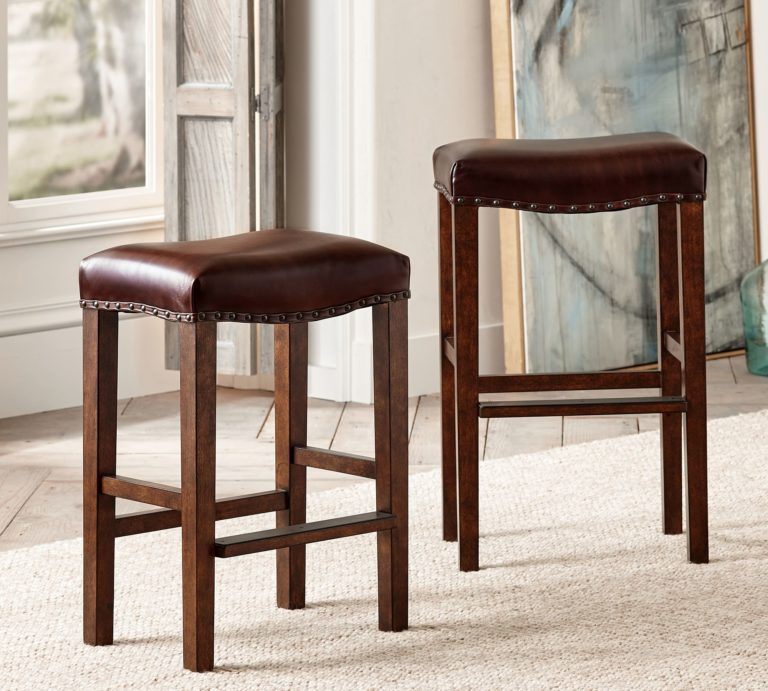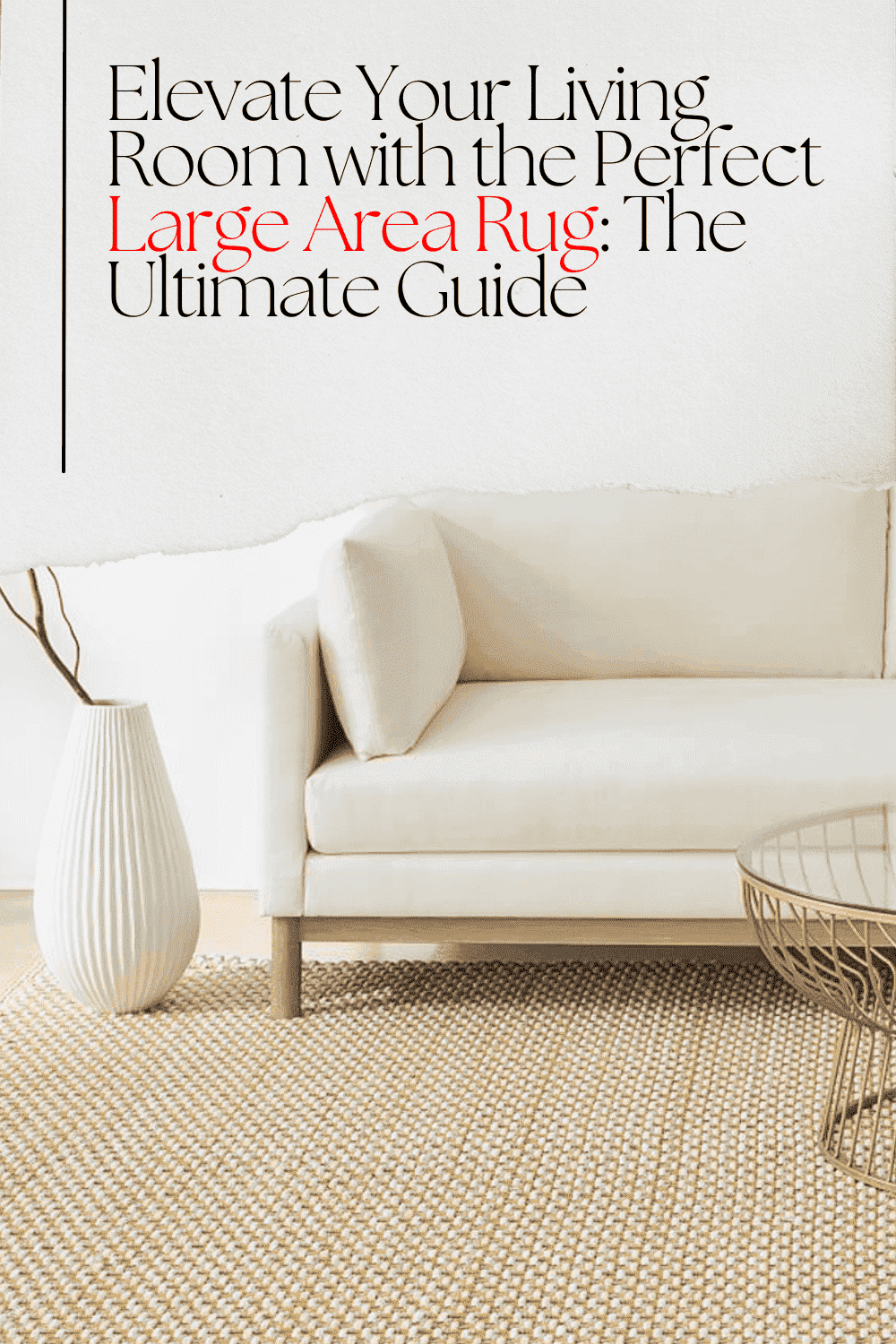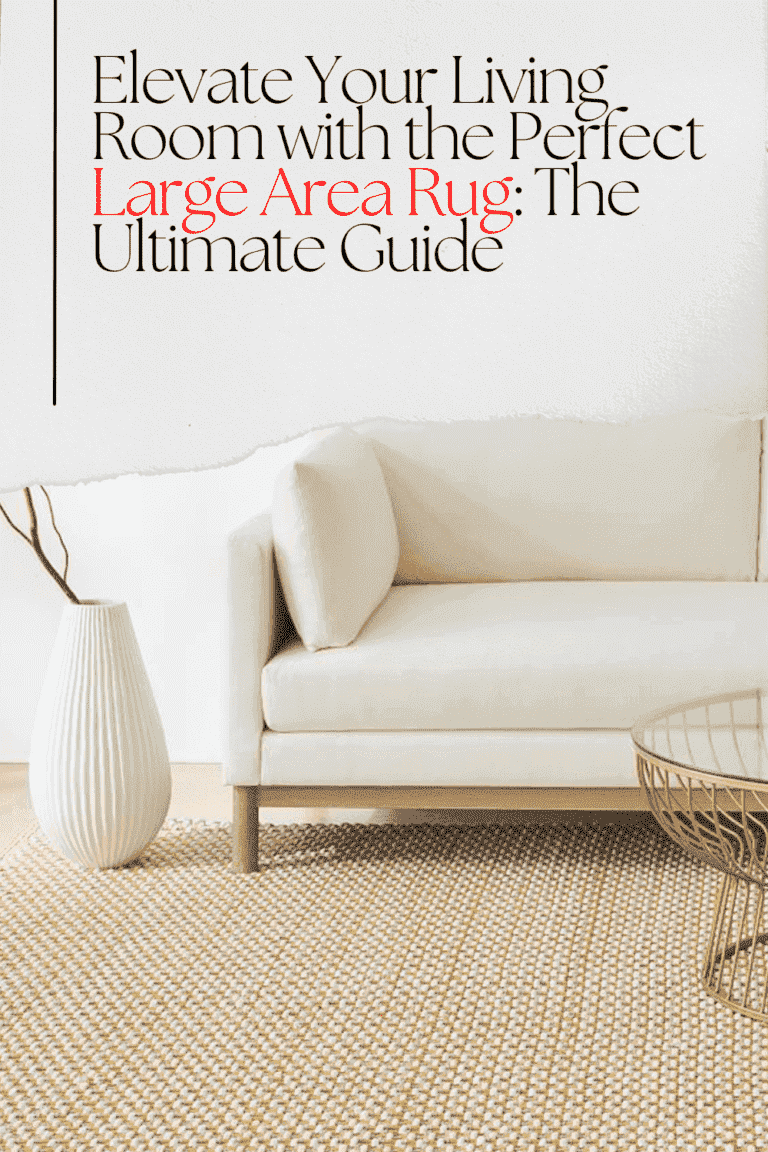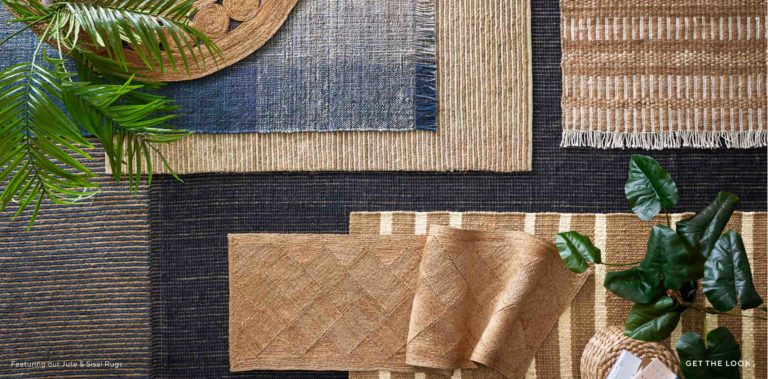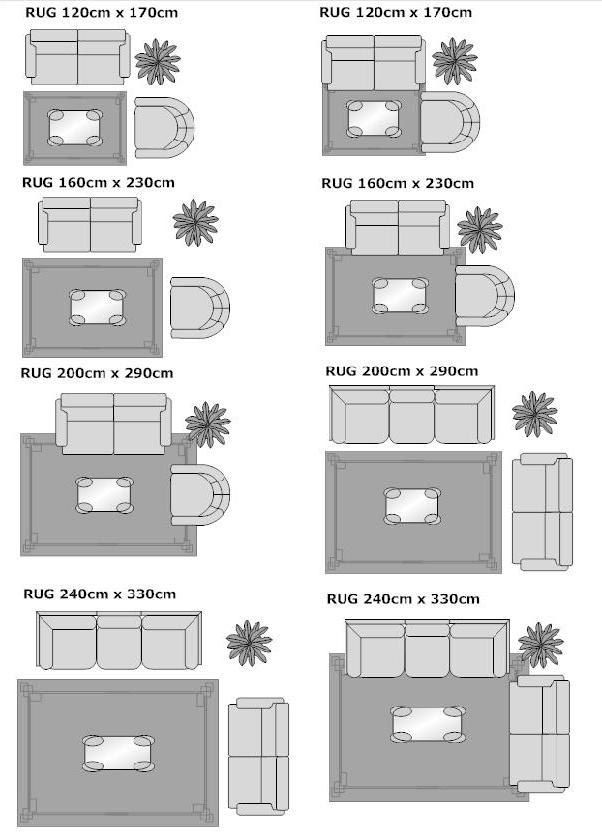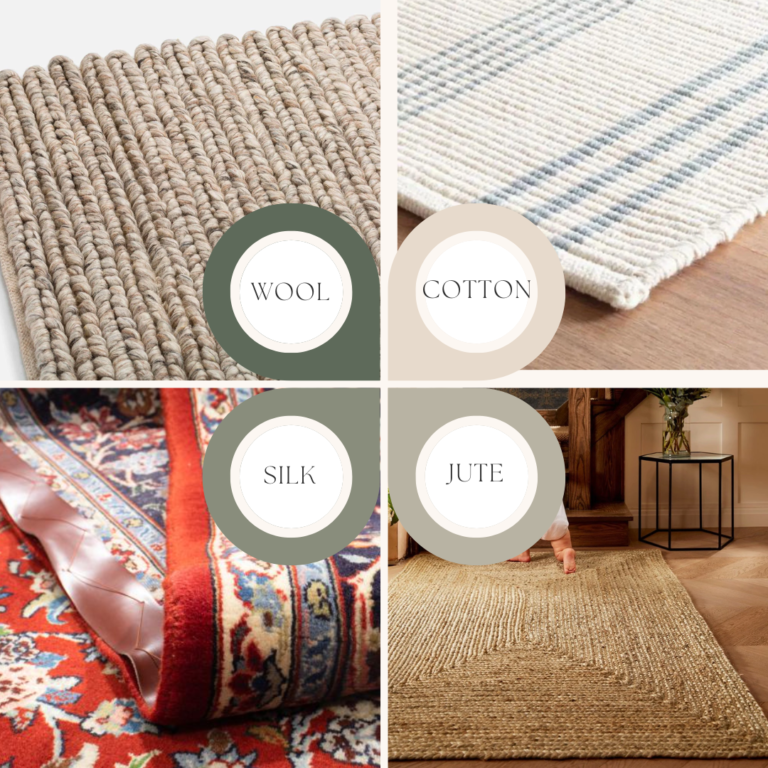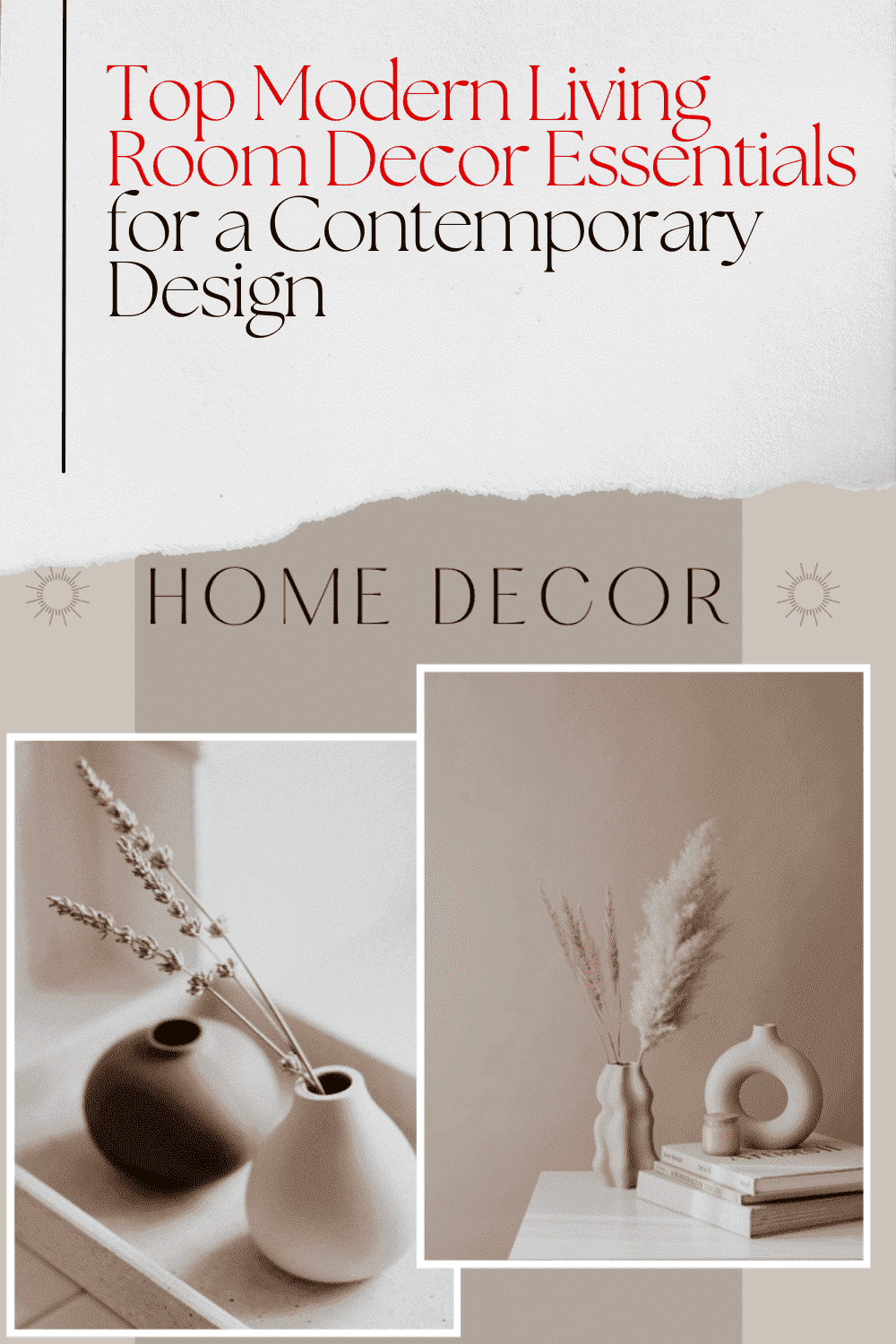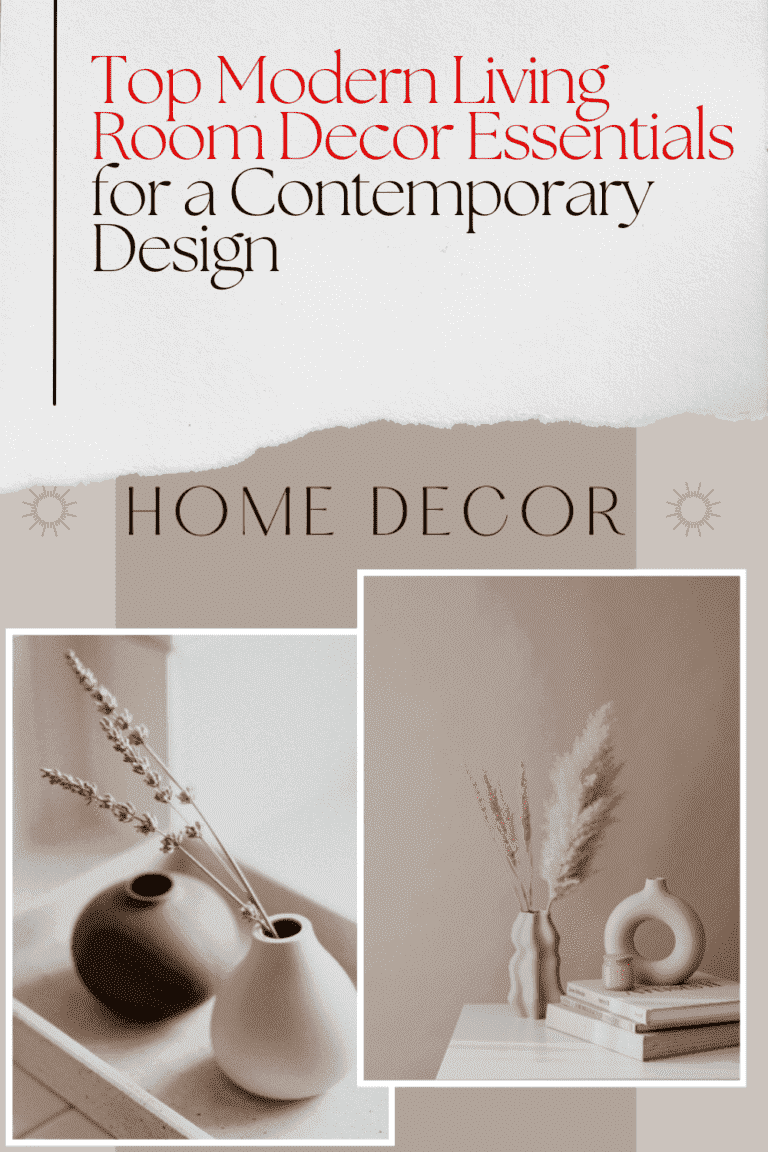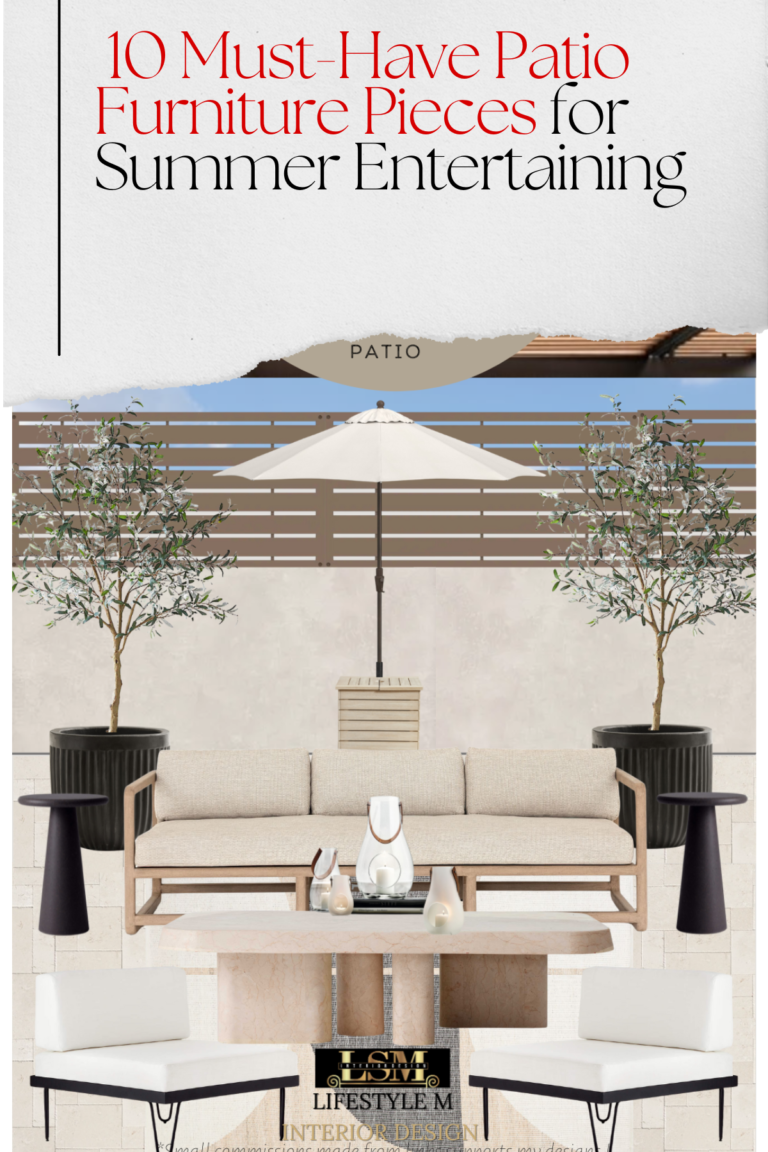
Lifestyle M Interior Design
10 Must-Have Patio Furniture Pieces for Summer Entertaining
As summer approaches, it’s time to transform your outdoor space into a haven for relaxation and entertaining. A well-designed patio can enhance your enjoyment of the season and provide a welcoming atmosphere for gatherings with family and friends. To create the perfect outdoor oasis, it’s essential to choose the right patio furniture pieces that combine comfort, style, and functionality. In this comprehensive guide, we’ll explore the ten must-have patio furniture pieces that will make your summer entertaining a breeze.
1. Comfortable Seating Options
When it comes to patio furniture, comfortable seating is paramount. Invest in plush, weather-resistant sofas, loveseats, or lounge chairs that provide ample support and relaxation. Consider materials such as wicker, aluminum, or teak that can withstand the outdoor elements. Explore different seating arrangements, such as modular sofas or sectionals, to accommodate various group sizes and preferences.
2. Dining Sets for Al Fresco Meals
Make outdoor dining a memorable experience with a sturdy and stylish dining set. Opt for a table made of durable materials like teak or powder-coated aluminum, paired with comfortable chairs that can withstand exposure to sunlight and moisture. Choose a size that suits your entertaining needs, whether it’s an intimate bistro set or a larger dining table with extendable options.
3. Versatile Outdoor Sofas and Daybeds
Create a luxurious lounging area with outdoor sofas and daybeds that offer both comfort and versatility. These pieces are perfect for relaxing or sunbathing during the day and can be transformed into cozy seating for evening gatherings. Look for weather-resistant cushions and durable frames that can withstand the elements while providing a touch of elegance to your patio.
4. Adirondack Chairs for Classic Charm
For a timeless and charming addition to your patio, consider Adirondack chairs. These iconic pieces of furniture offer a laid-back vibe and are available in various materials, such as wood or poly lumber, ensuring durability and easy maintenance. Add colorful cushions and throw pillows to infuse your space with personality and comfort.
5. Outdoor Bar and Stools for Entertaining
Bring the party outdoors with a functional outdoor bar and stools. This setup allows you to create a designated space for serving drinks and snacks, keeping your guests entertained. Look for bar sets designed specifically for outdoor use, constructed from weather-resistant materials like aluminum or synthetic wicker. Consider additional features like built-in storage or adjustable shelves for added convenience.
6. Chaise Lounges for Poolside Relaxation
If you have a pool or plan to spend lazy summer afternoons sunbathing, chaise lounges are a must-have. Opt for adjustable loungers that allow you to recline comfortably or sit upright while enjoying a good book or soaking up the sun. Look for quick-drying and fade-resistant materials, such as mesh or sling fabric, to ensure longevity.
7. Outdoor Ottomans and Poufs for Versatility
Add versatility and extra seating options to your patio with outdoor ottomans and poufs. These versatile pieces can serve as footrests, additional seating, or even makeshift tables when topped with trays. Look for weather-resistant materials and consider options with hidden storage compartments to keep your patio tidy and organized.
8. Outdoor Fire Pit for Cozy Evenings
Extend your outdoor entertaining into the cooler evenings with a fire pit. A well-placed fire pit creates a cozy ambiance and provides warmth, allowing you and your guests to enjoy your patio well after the sun goes down. Choose from various styles, such as propane or wood-burning fire pits, and consider options with built-in seating for added comfort.
9. Hanging Swing or Hammock
Create a peaceful retreat on your patio with a hanging swing or hammock. These delightful additions offer a whimsical and relaxing element to your outdoor space. Whether you opt for a traditional porch swing or a comfortable hammock, make sure to select durable materials and sturdy suspension systems to ensure safety and longevity.
10. Outdoor Storage Solutions
Keep your patio neat and organized with the help of outdoor storage solutions. Invest in weather-resistant storage benches, cabinets, or deck boxes to store cushions, outdoor accessories, and other items. Look for options that offer both functionality and style, seamlessly blending with your patio furniture.
Conclusion
Choosing the right patio furniture pieces is essential for creating a welcoming and functional outdoor space. With these ten must-have items, you can transform your patio into a summer oasis that’s perfect for entertaining family and friends. Remember to consider the materials, durability, and style of the furniture to ensure it suits your needs and withstands the outdoor elements. By carefully selecting each piece, you’ll create a stunning patio that will be the envy of all your guests and provide endless enjoyment throughout the summer season.

